Today we visited the USS Lexington, an essex-class aircraft carrier in commission from 1943-1991. At that point it was donated to Corpus Christi, TX, where it has been developed into a museum with a huge array of exhibits and artifacts. Today, it is the oldest remaining aircraft carrier in the world and was designated a National Historic Landmark in 2003.
Here are several artifacts at the entrance ramp to the ship. The anchor, named Brutus, is Lexington's port anchor with an A-4F Skyhawk in the background. Also found in this location is a 3"/50 caliber anti-aircraft gun.
Some impressive specs of this huge ship:
- Length: 872'
- Beam: 147.5'
- Draft: 28.5'
- Range: 20,000 mile
- Speed: 33 knots
- Crew: 2,600 (officers and enlisted)
- Aircraft: 110
The Motor Whaleboat was used to transport the ship's crew when Lexington was moored in a harbor. It held 22 passengers (plus crew of three) and was 26' long.
The Douglas Aircraft SBD-3 Dauntless, a dive bomber, was the only plane to fight in every major Pacific engagement.
F-4 Phantom Cockpit Procedure Trainer.
Flight Deck - Tour 1: The massive flight deck is 120,000 square feet (2 acres) and today is an exhibit area for vintage aircraft, take off/landing control stations, and the island superstructure of the ship.
Pilothouse and Navigation Bridge.
Foc'sle (Forecastle) - Tour 2: The foc'sle is a forward upper deck area that extends to the bow. The equipment to raise and lower the anchors is located here. This required very precise coordination with the bridge. The two anchors were named Bertha (30,550 lbs) and Brutus (30,050 lbs). Brutus is on display and Bertha is operational and can be used to stabilize Lexington in case of a hurricane. Each link on the anchor chain weighs 112-130 pounds!
Today there are various exhibits in this part of the ship. Pearl Harbor exhibit...before and after photos.
Junior officers' quarters.
Gallery Deck - Tour 3: The Captain's Stateroom and Galley as well as the Admiral's Conference Room and quarters are located here.
Air Group Ready Room where pilots and crew received briefings prior to a mission.
Air Traffic Control Room and Combat Information Center.
Lower Decks - Tour 4: The engine room, crew's galley, sick bay and more can be seen on this part of the ship. Because spare parts were rare, the machine shop played a very important role in keeping the ship operational.
Galley and mess deck.
Dentist and surgery room.
Sick bay.
Engine room and underwater mines.
USS Lexington was named the Blue Ghost by Tokyo Rose, a Japanese radio propagandist, as it was the only essex-class carrier that was painted blue-gray. She reported that it was sunk on numerous occasions but re-appeared again and again to prove her wrong.
Chapel and exhibit commemorating the chaplains who served here.
Admission to the USS Lexington Museum is $13.95/adults and $11.95/seniors or military. I purchased a self-guiding tour book in the gift shop for $7.75 that helped us understand the various tours (although they are well marked).
We spent about 3 hours exploring this massive ship and the many fine exhibits and artifacts here. This is an amazing piece of history that brings to life the naval battles in the Pacific Theatre during WWII. It's one of the top attractions in Corpus Christi and definitely worth a visit.
Website: www.usslexington.com
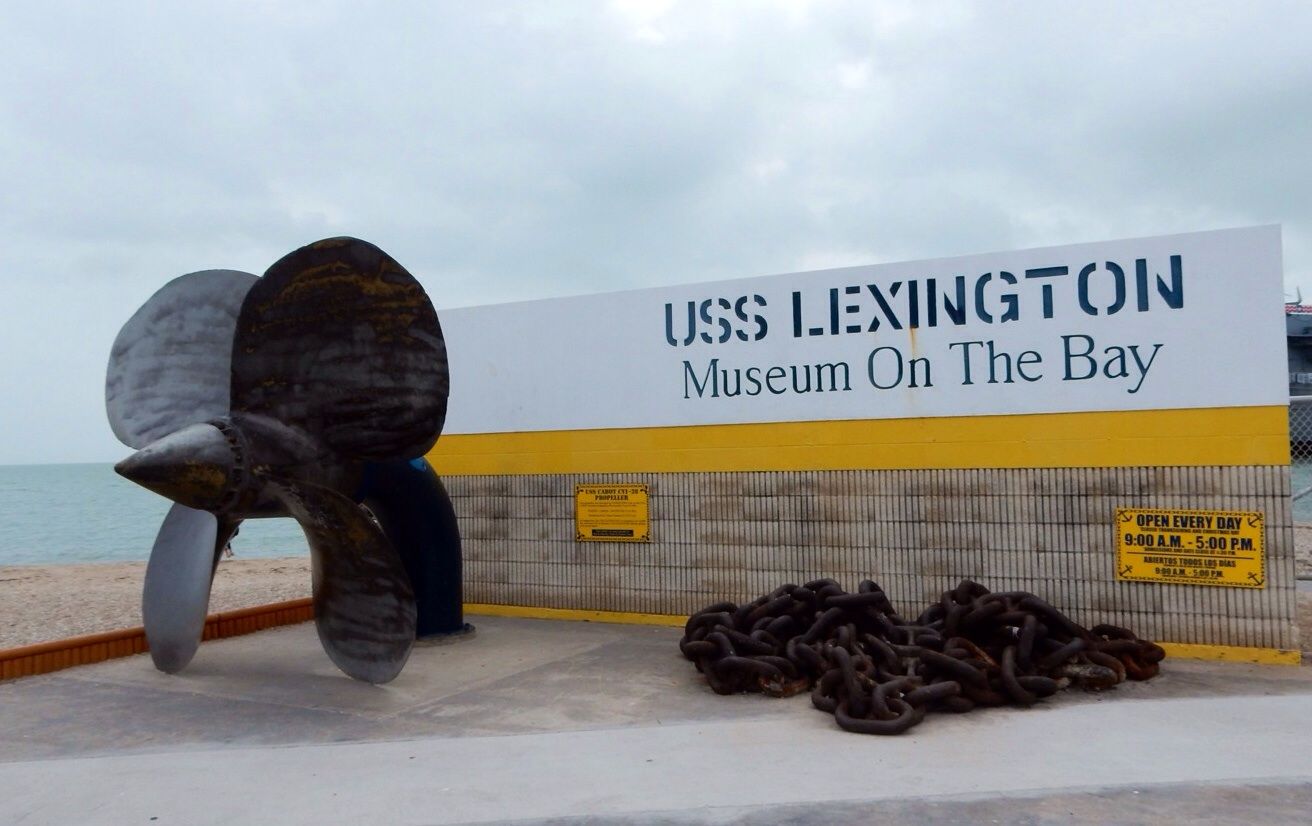
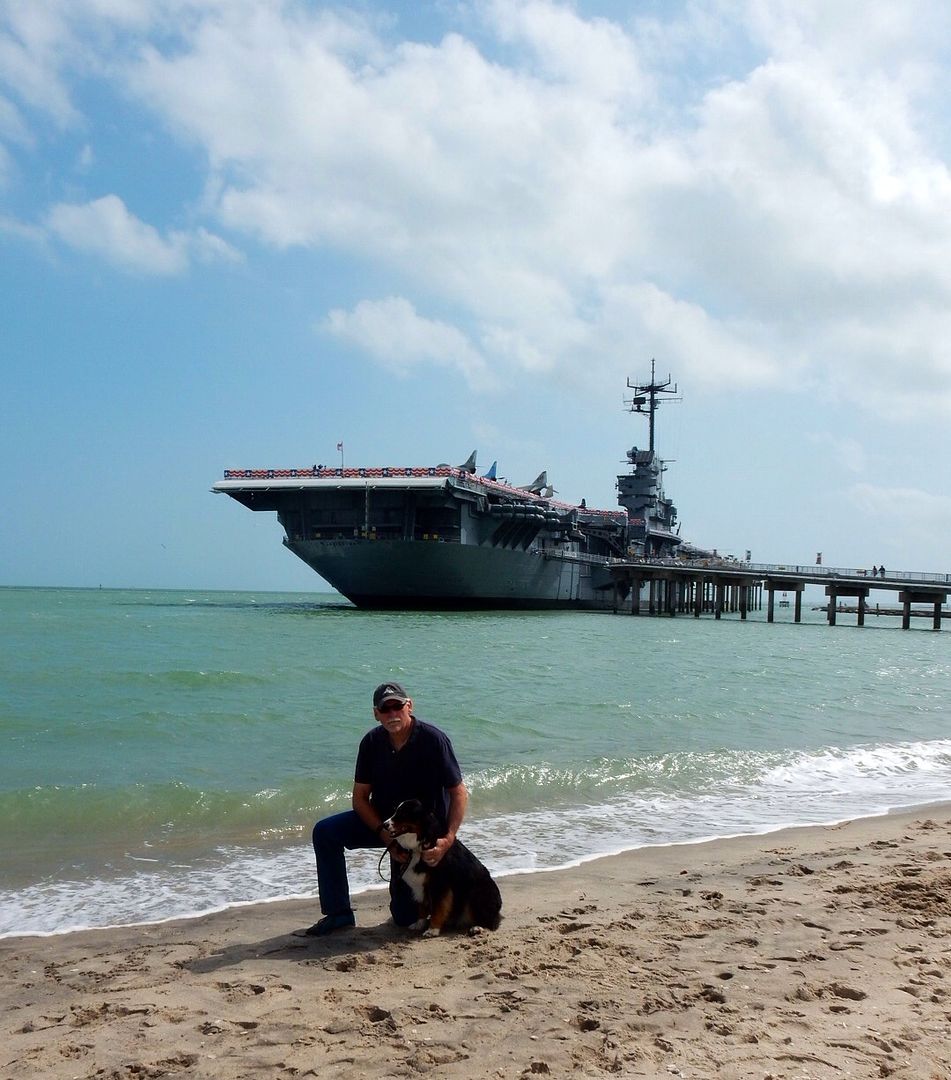
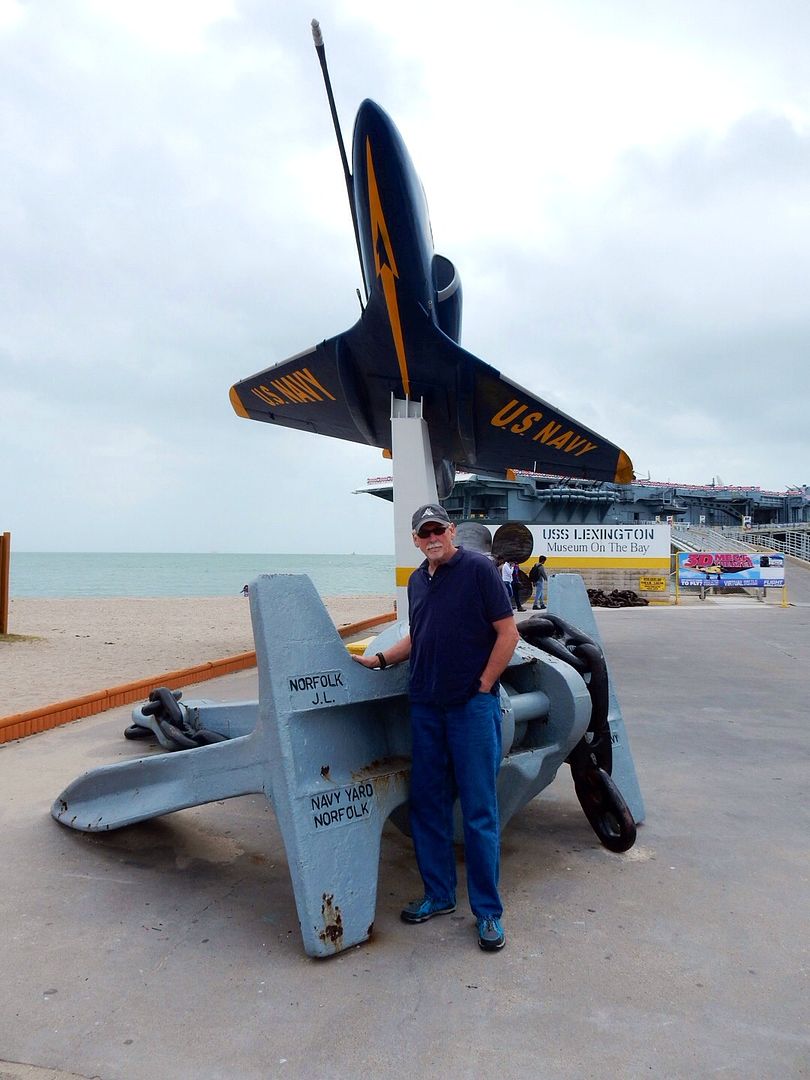
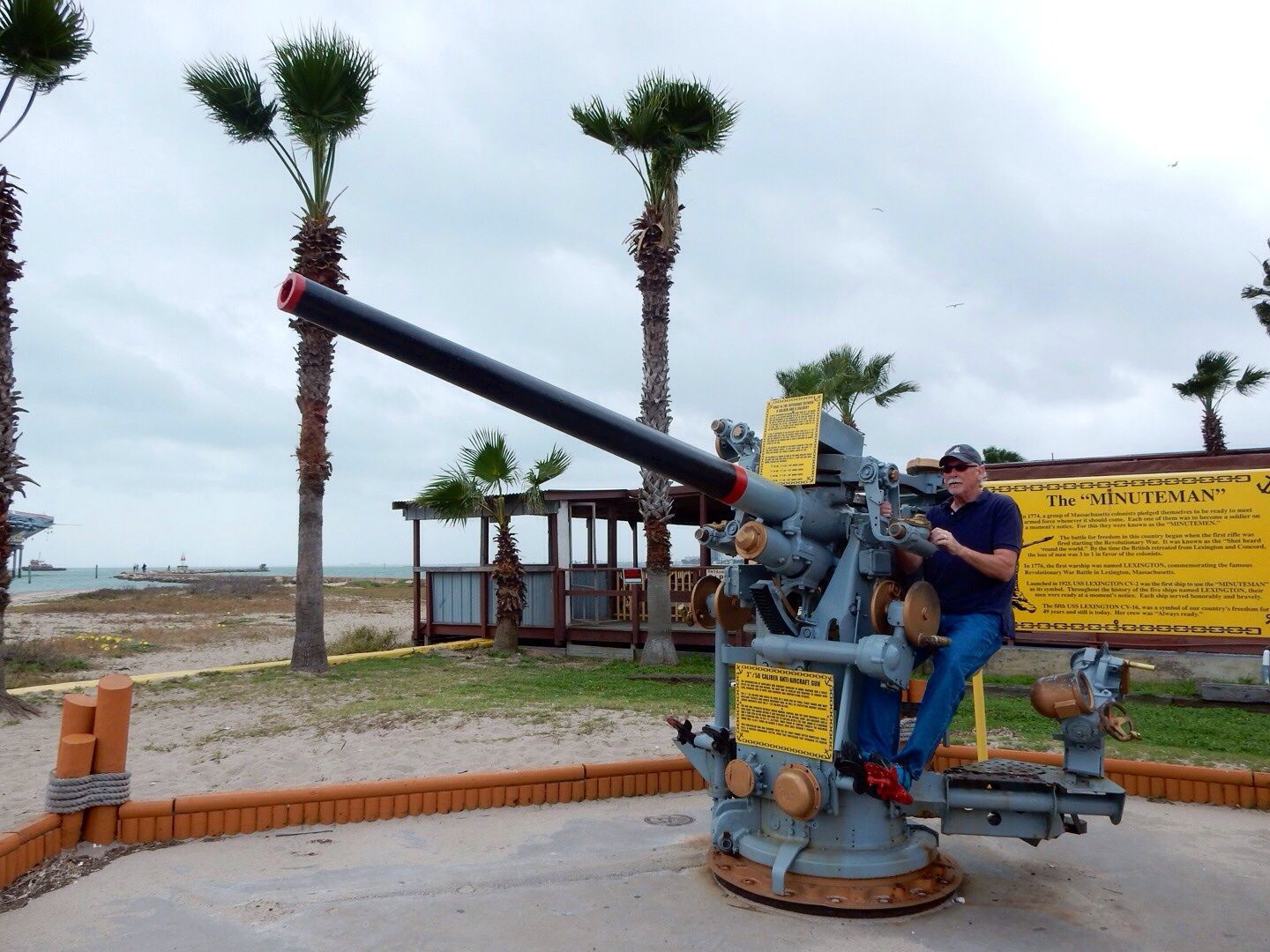
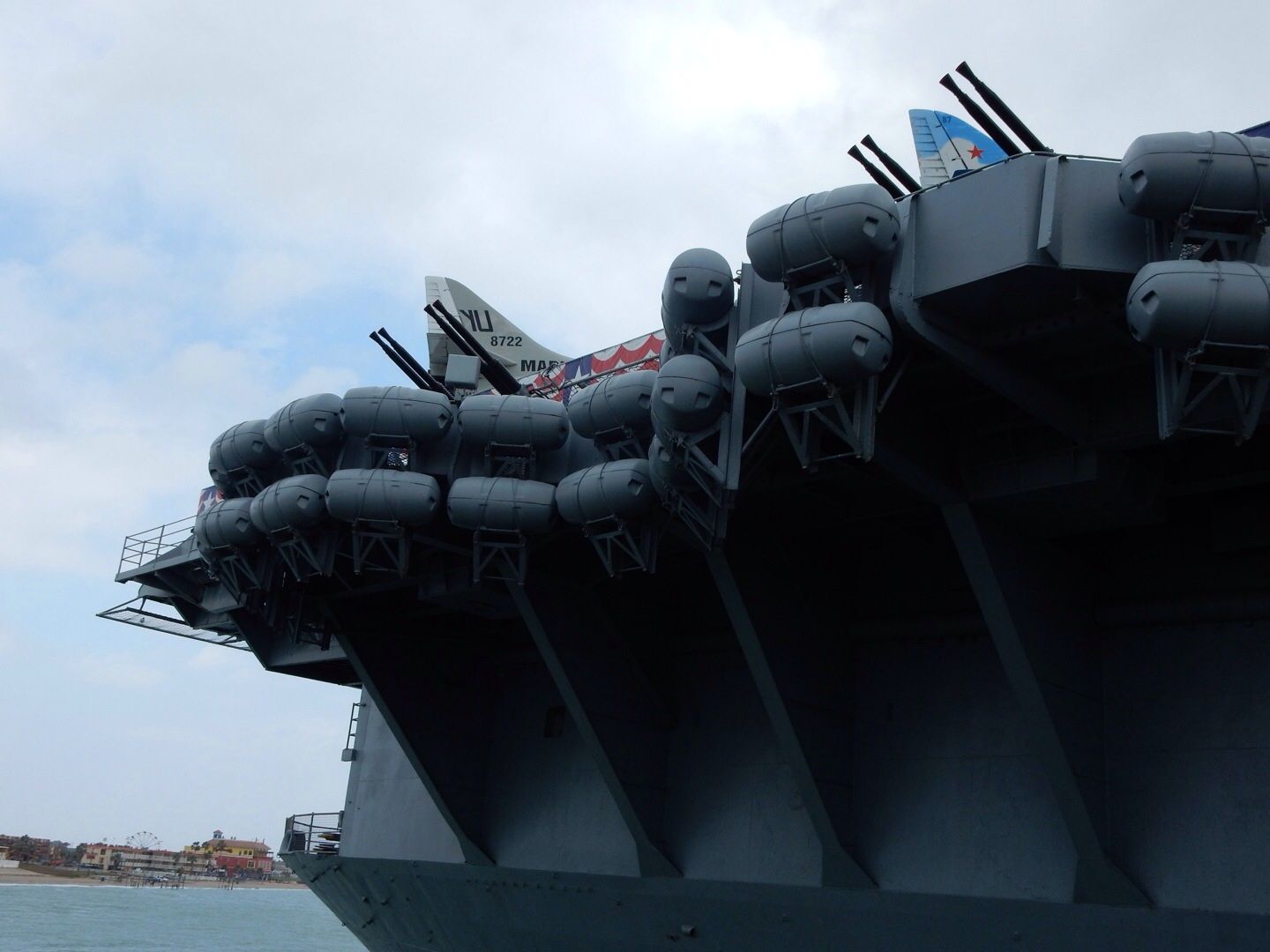
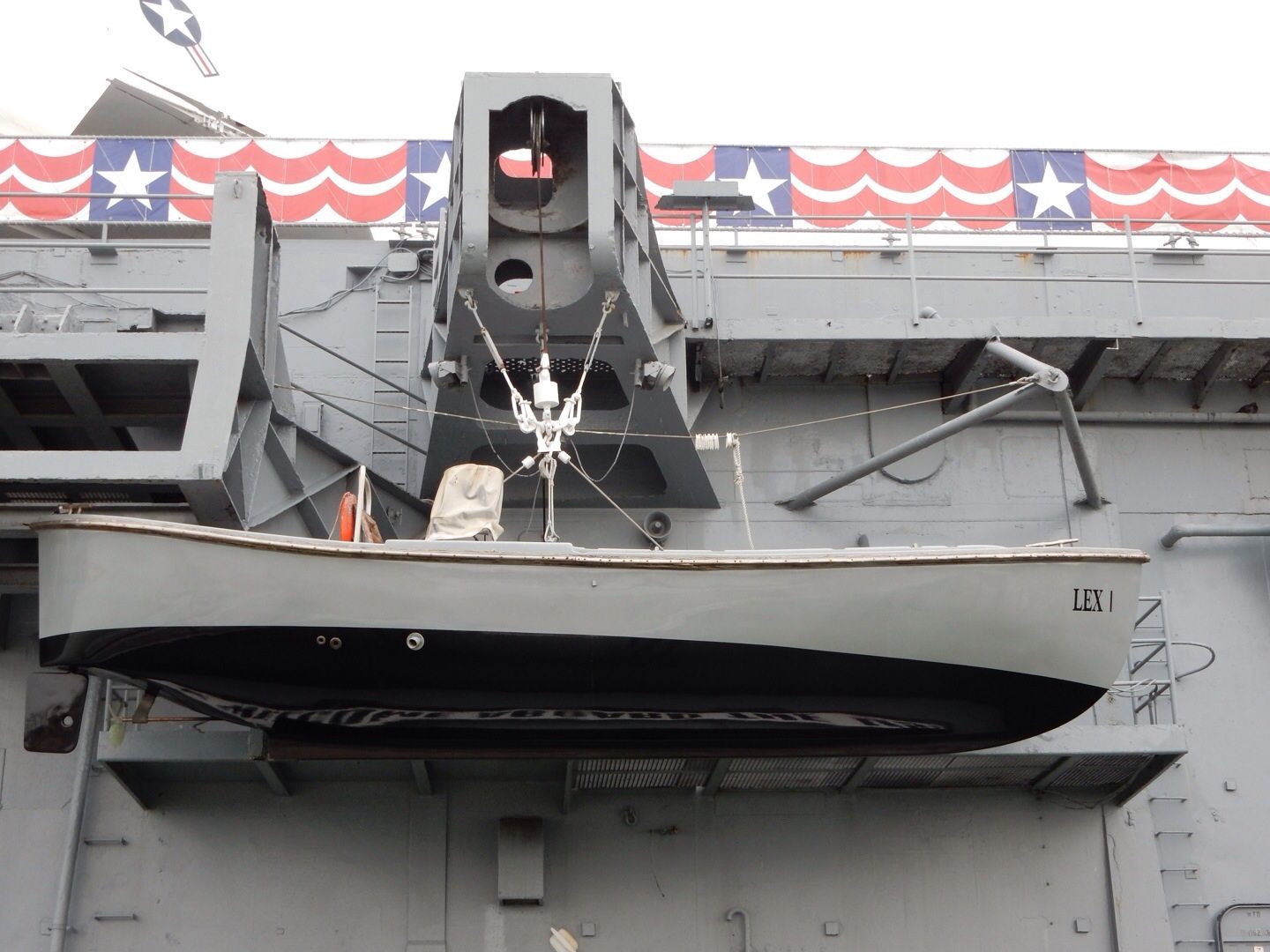

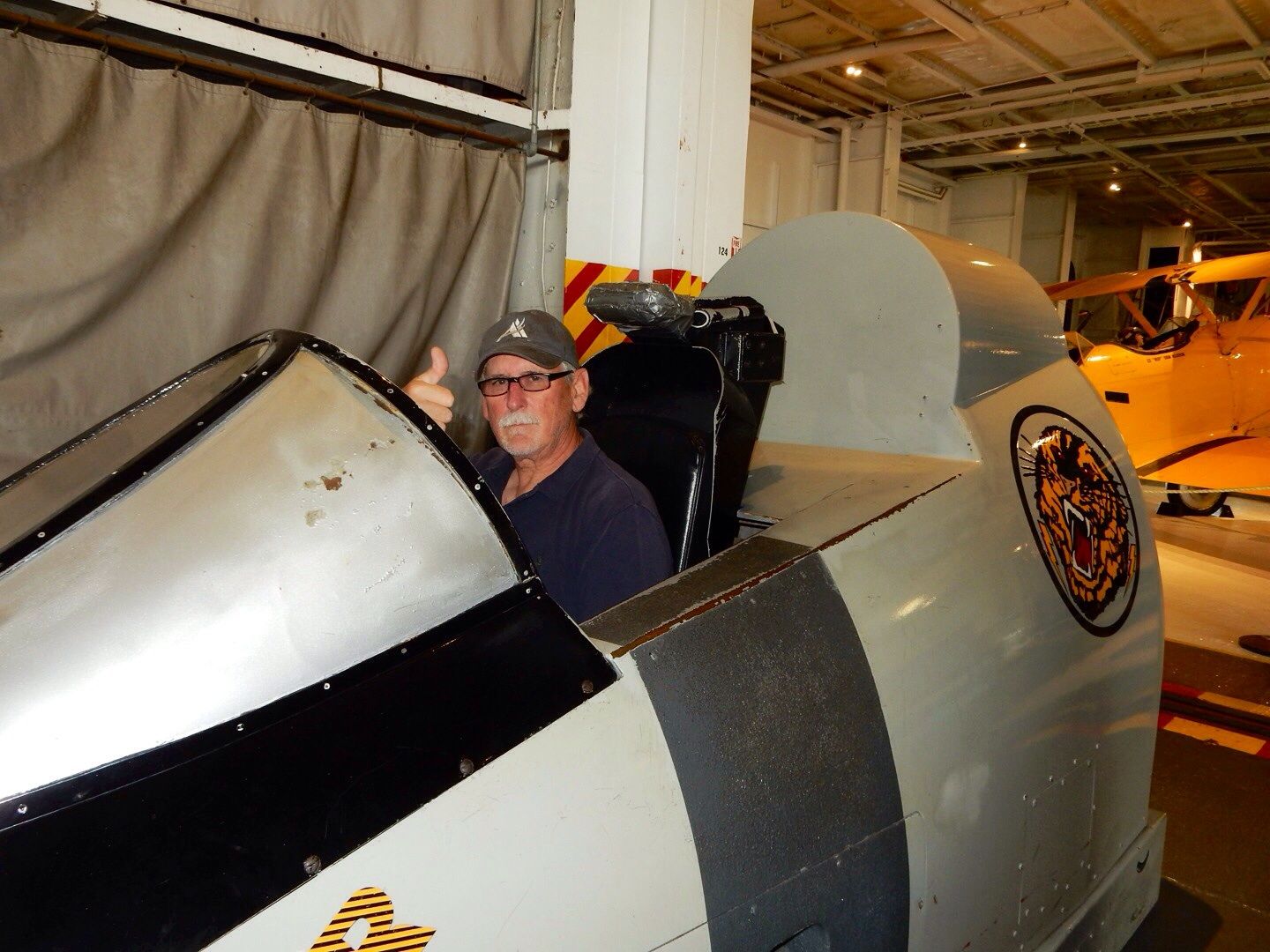
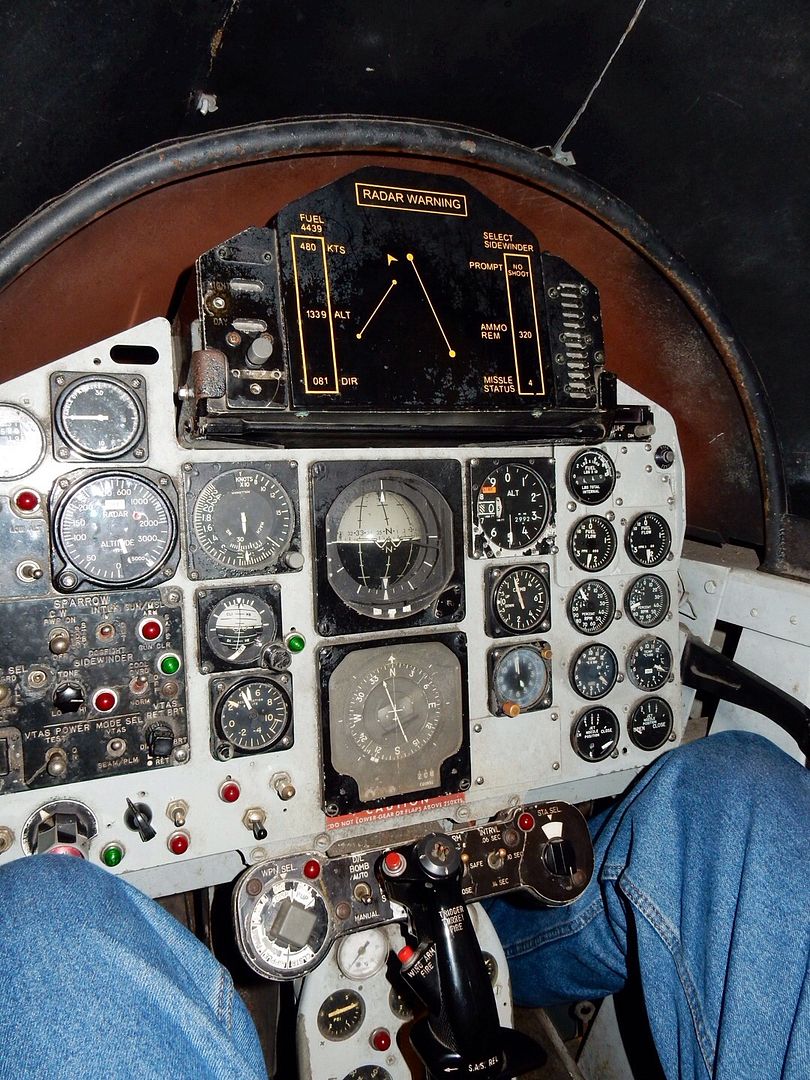
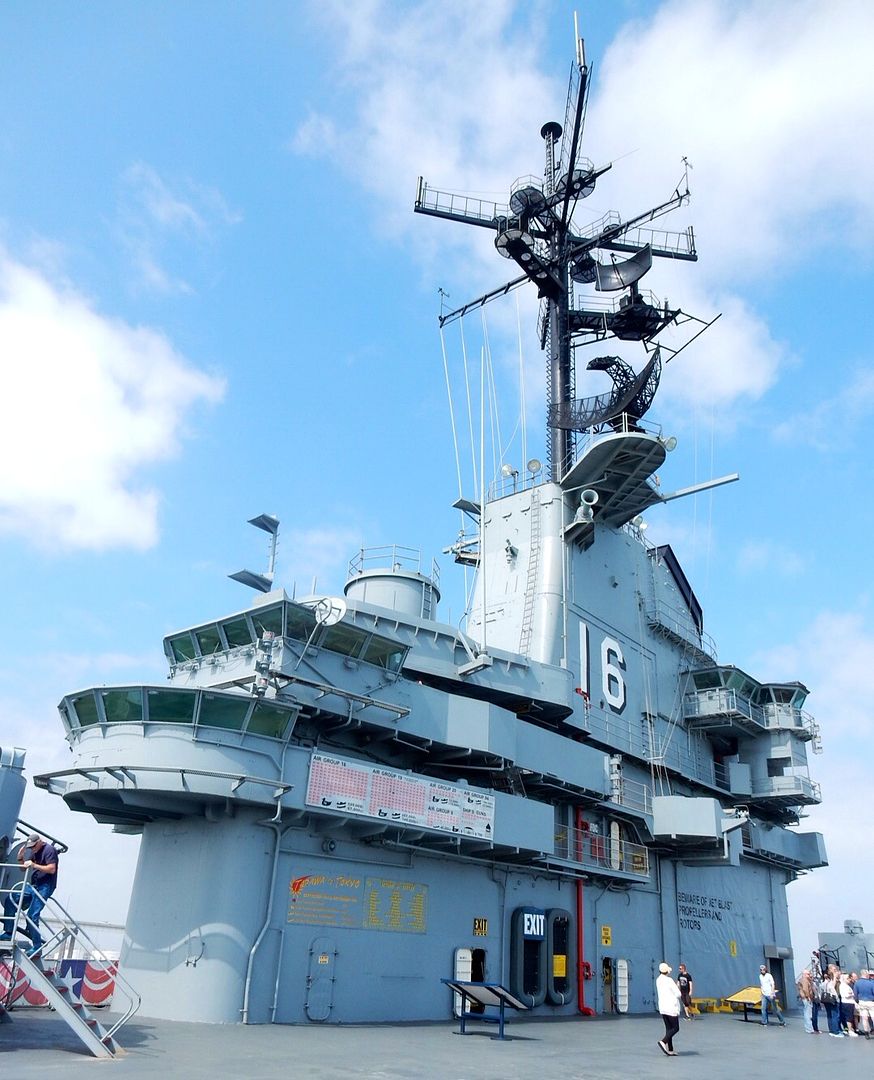
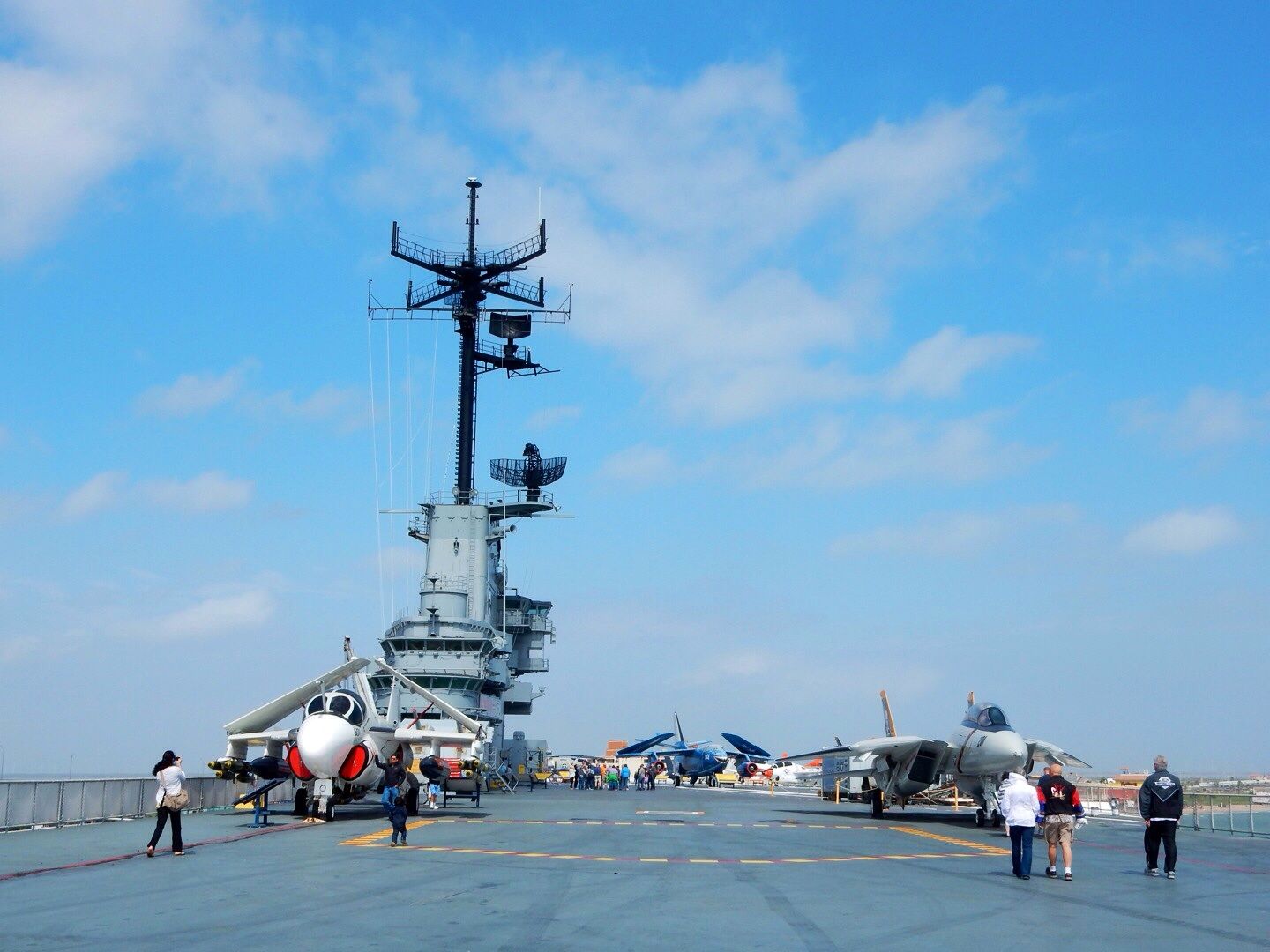
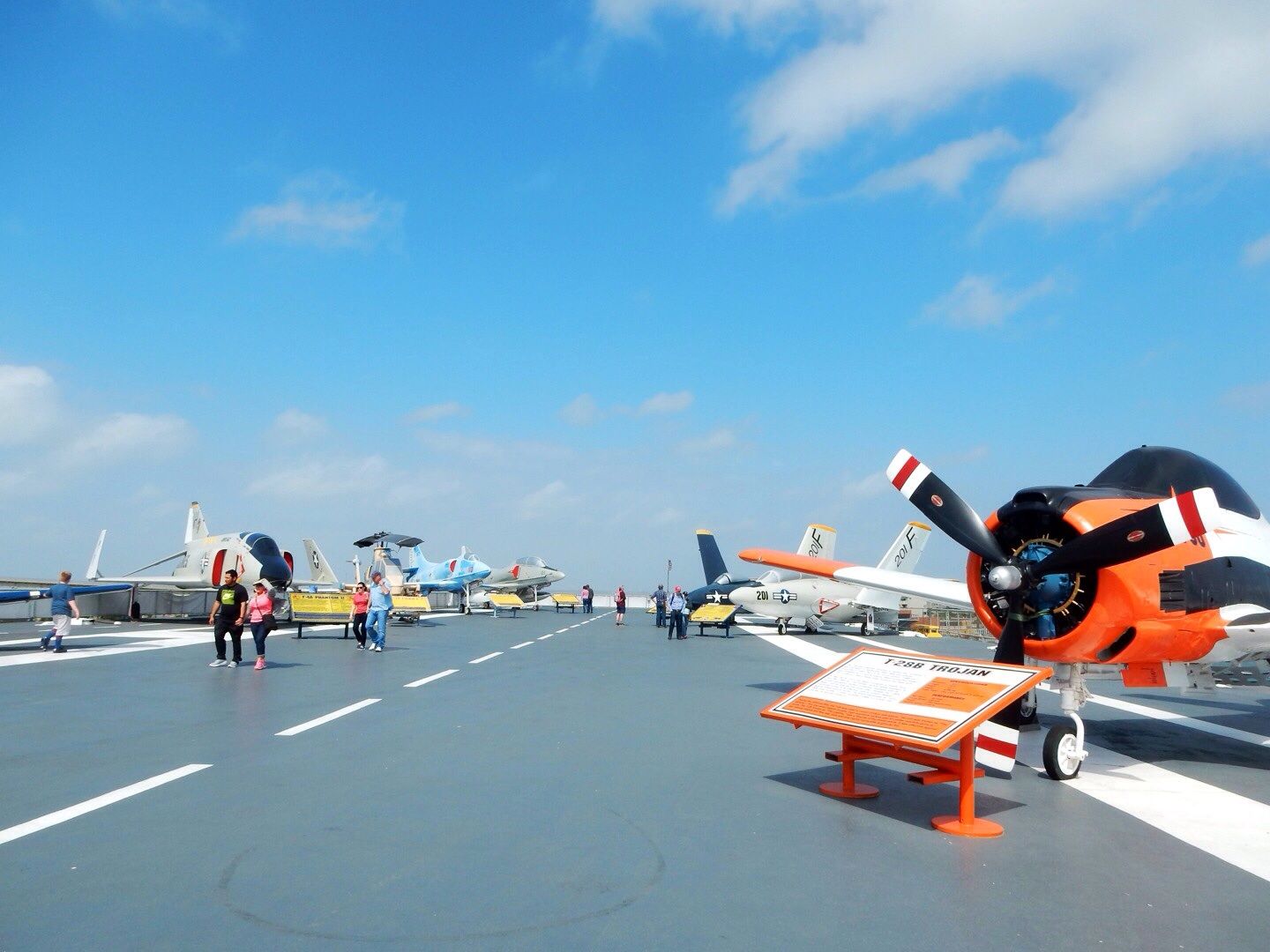
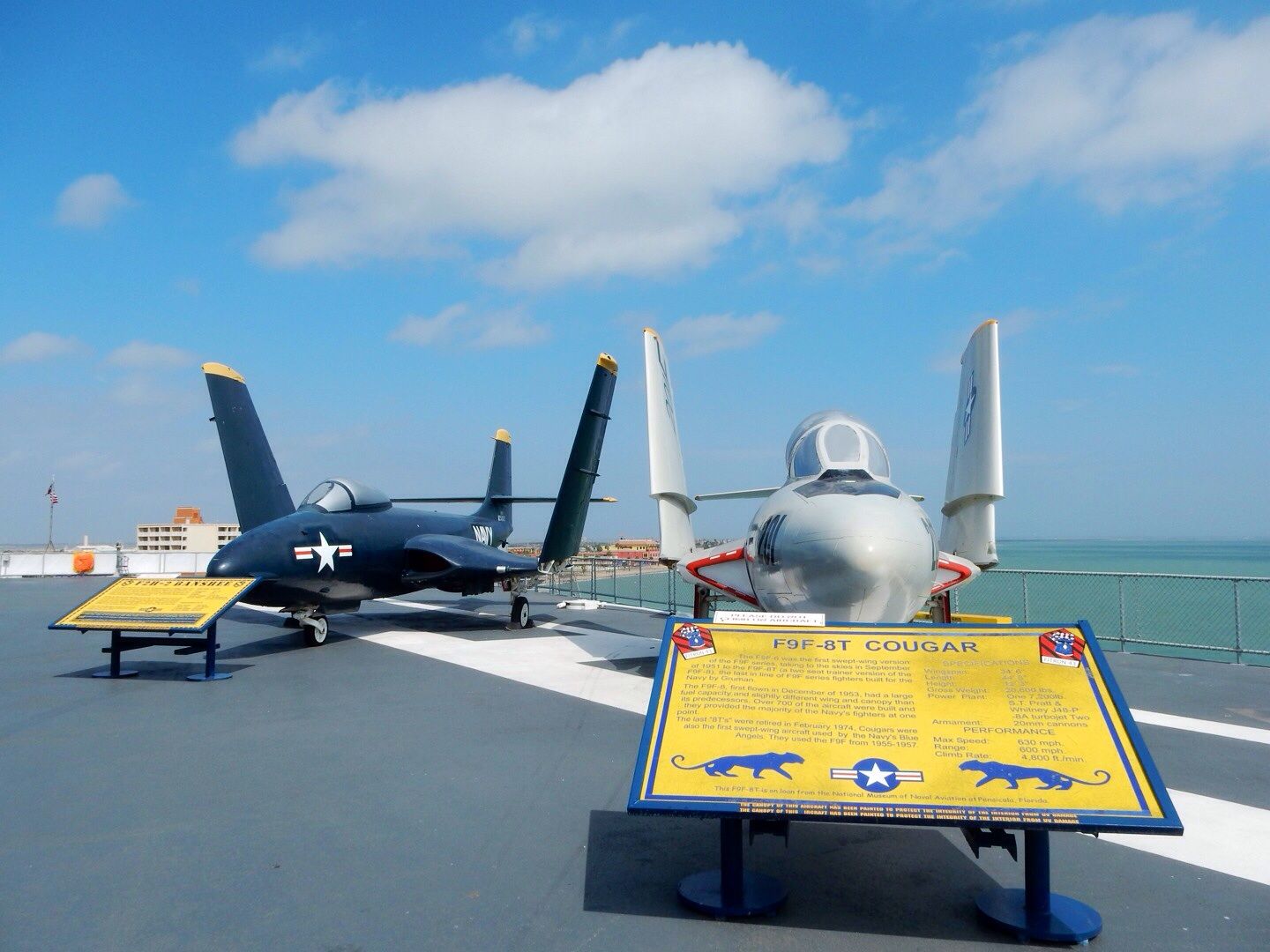
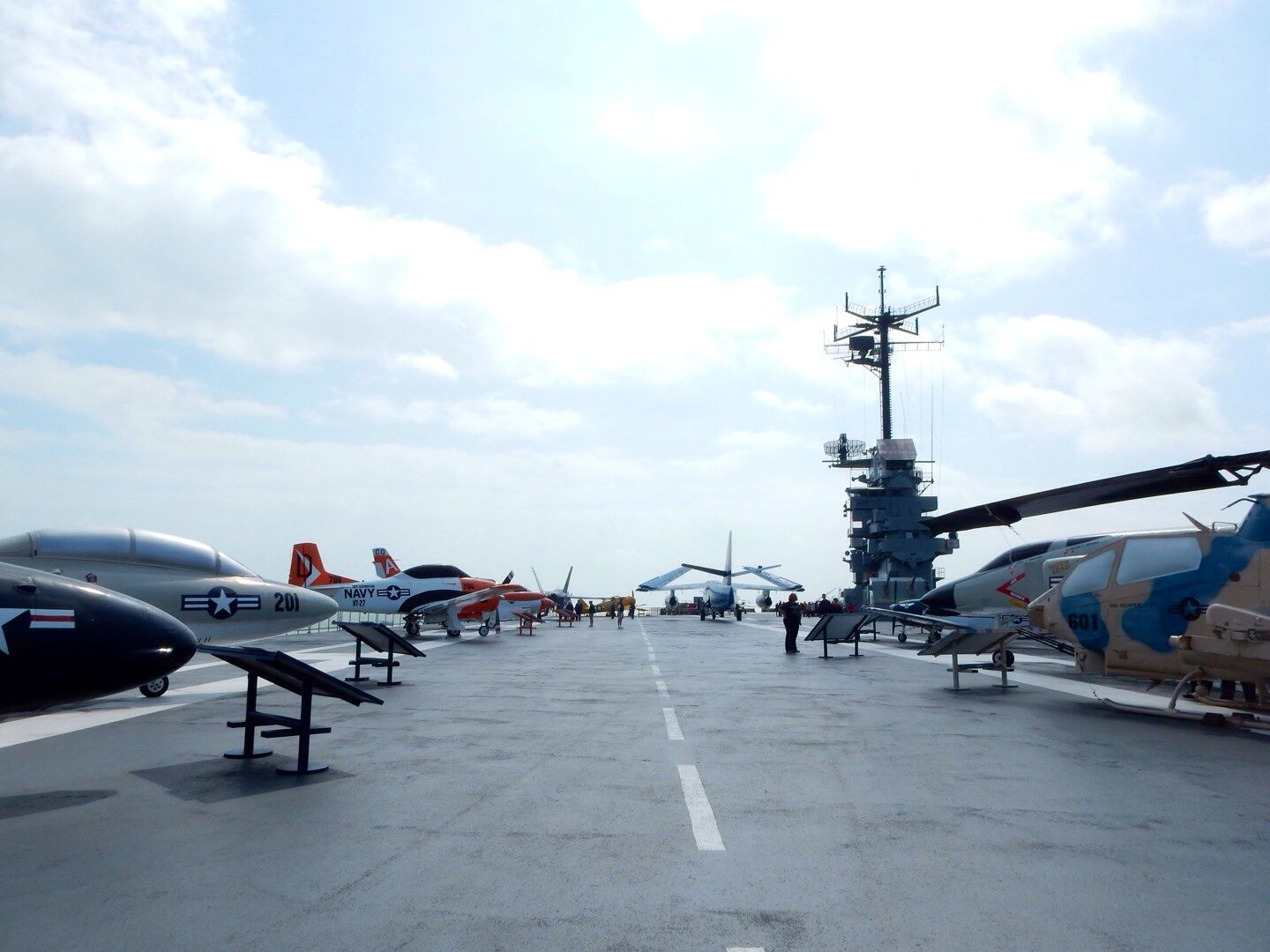
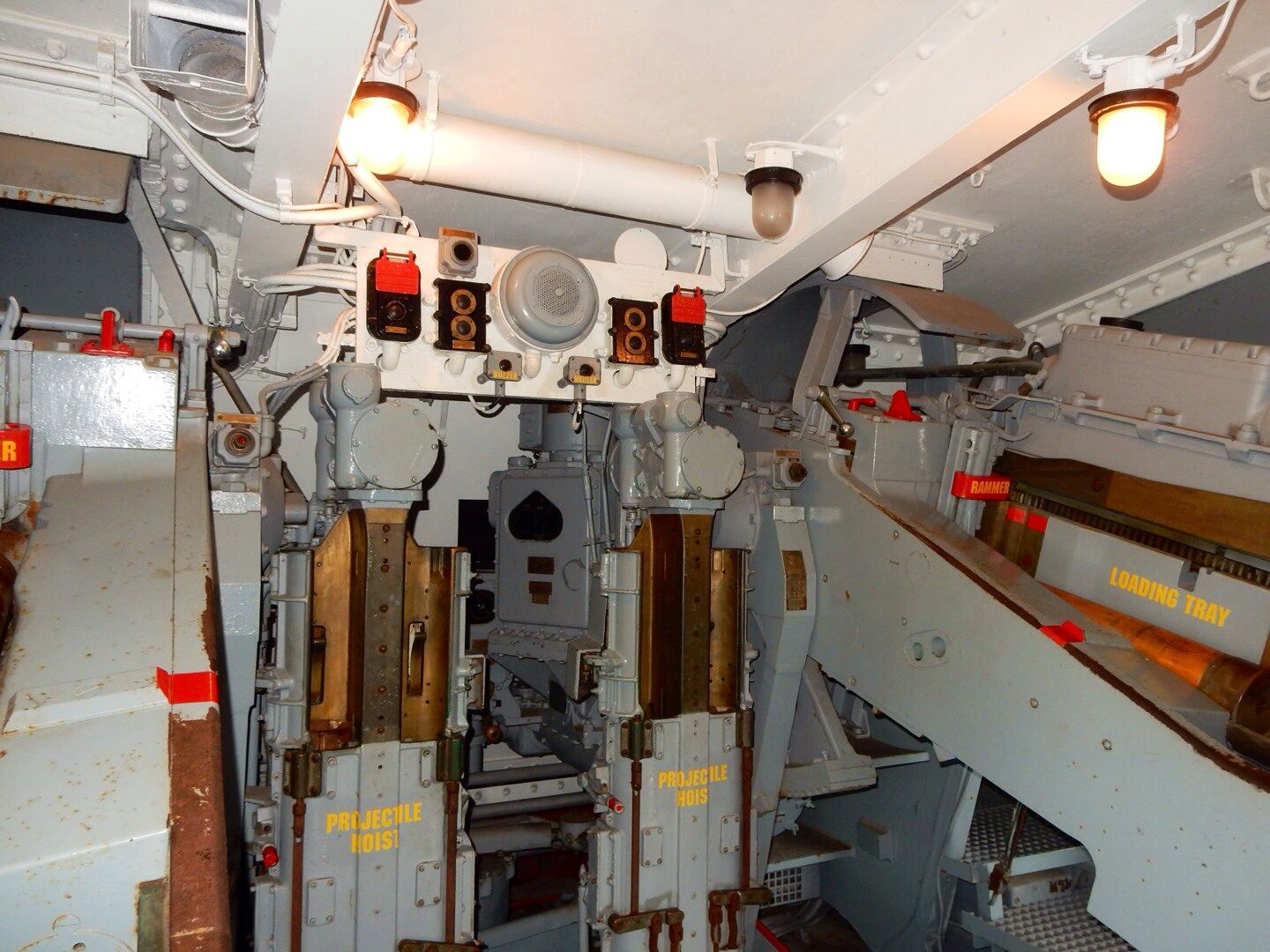
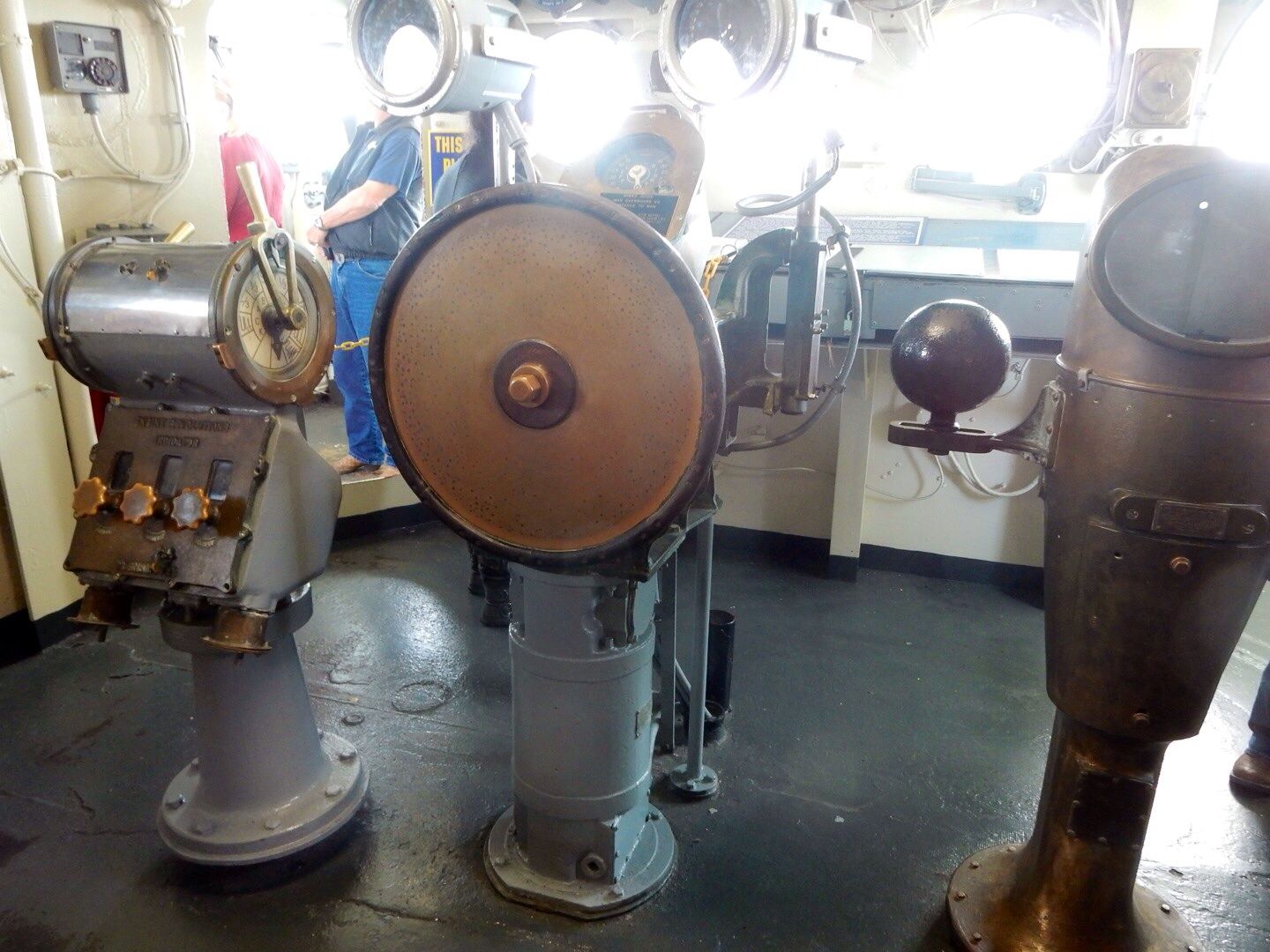
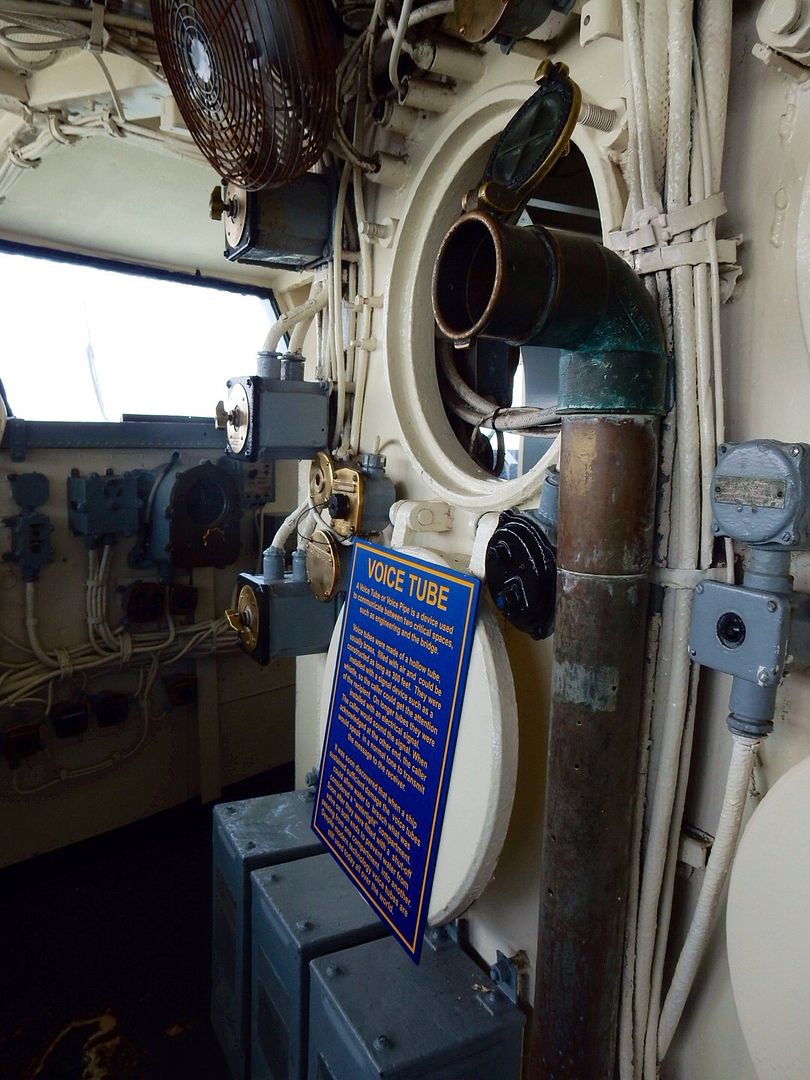
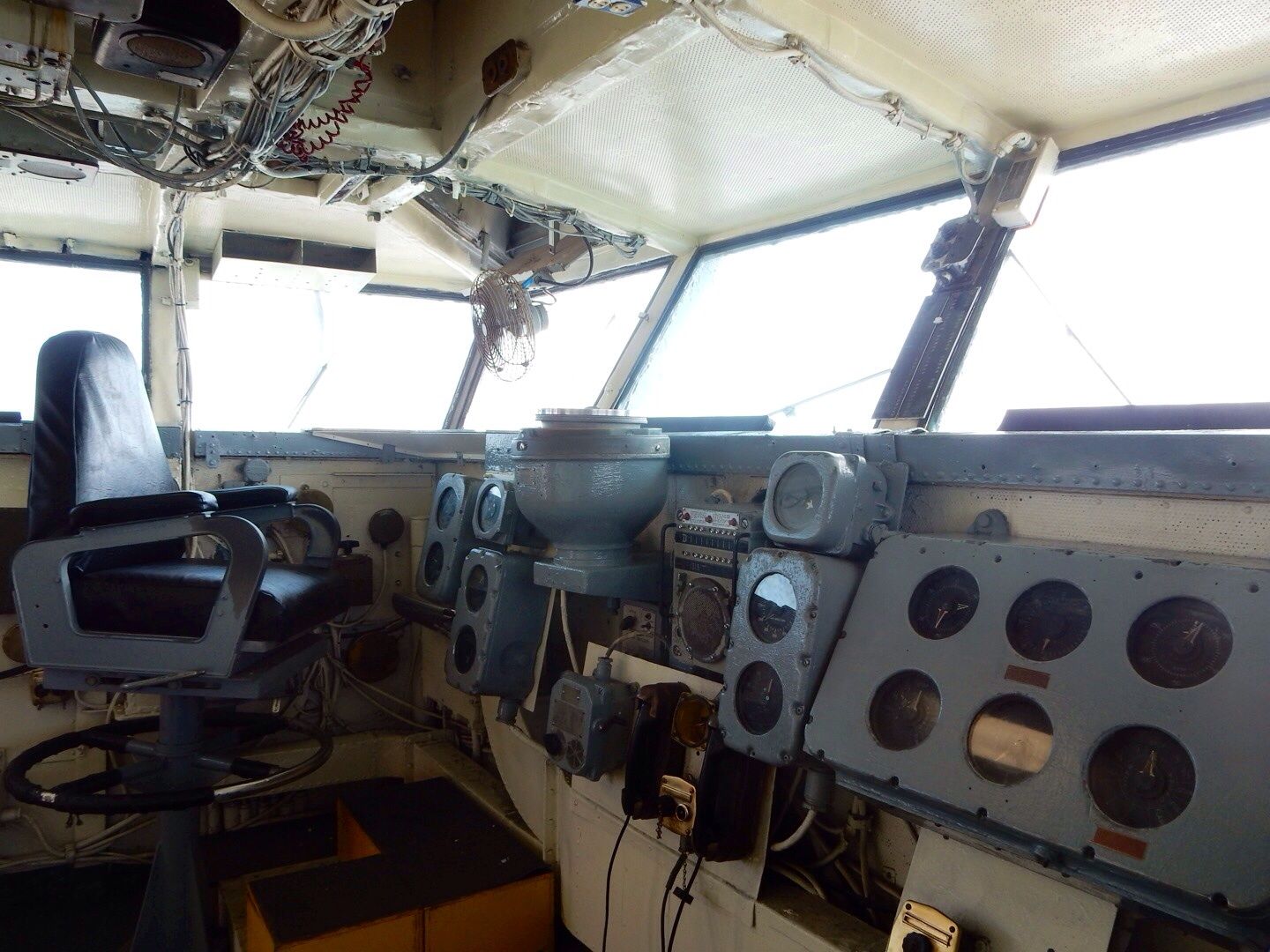
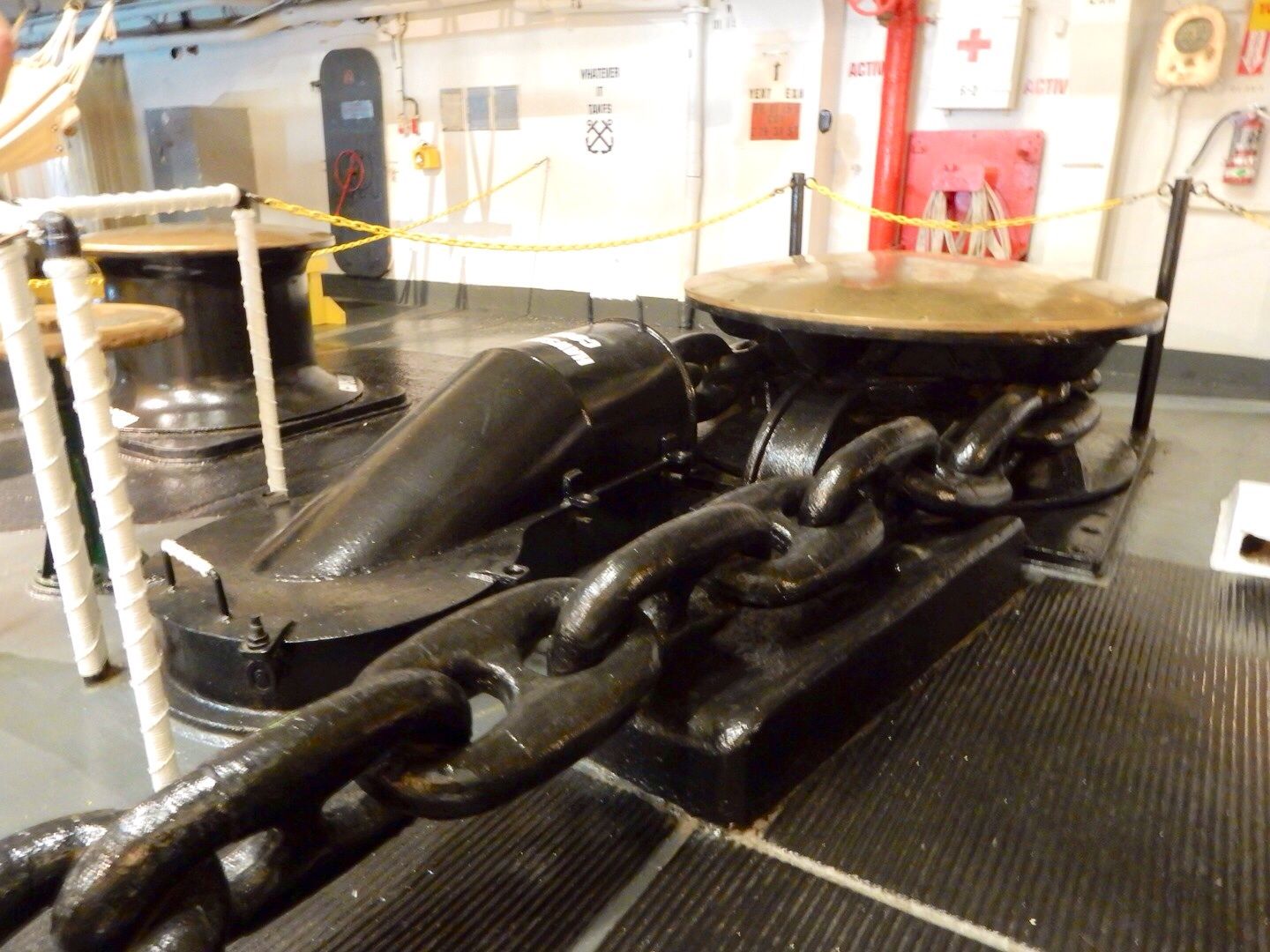
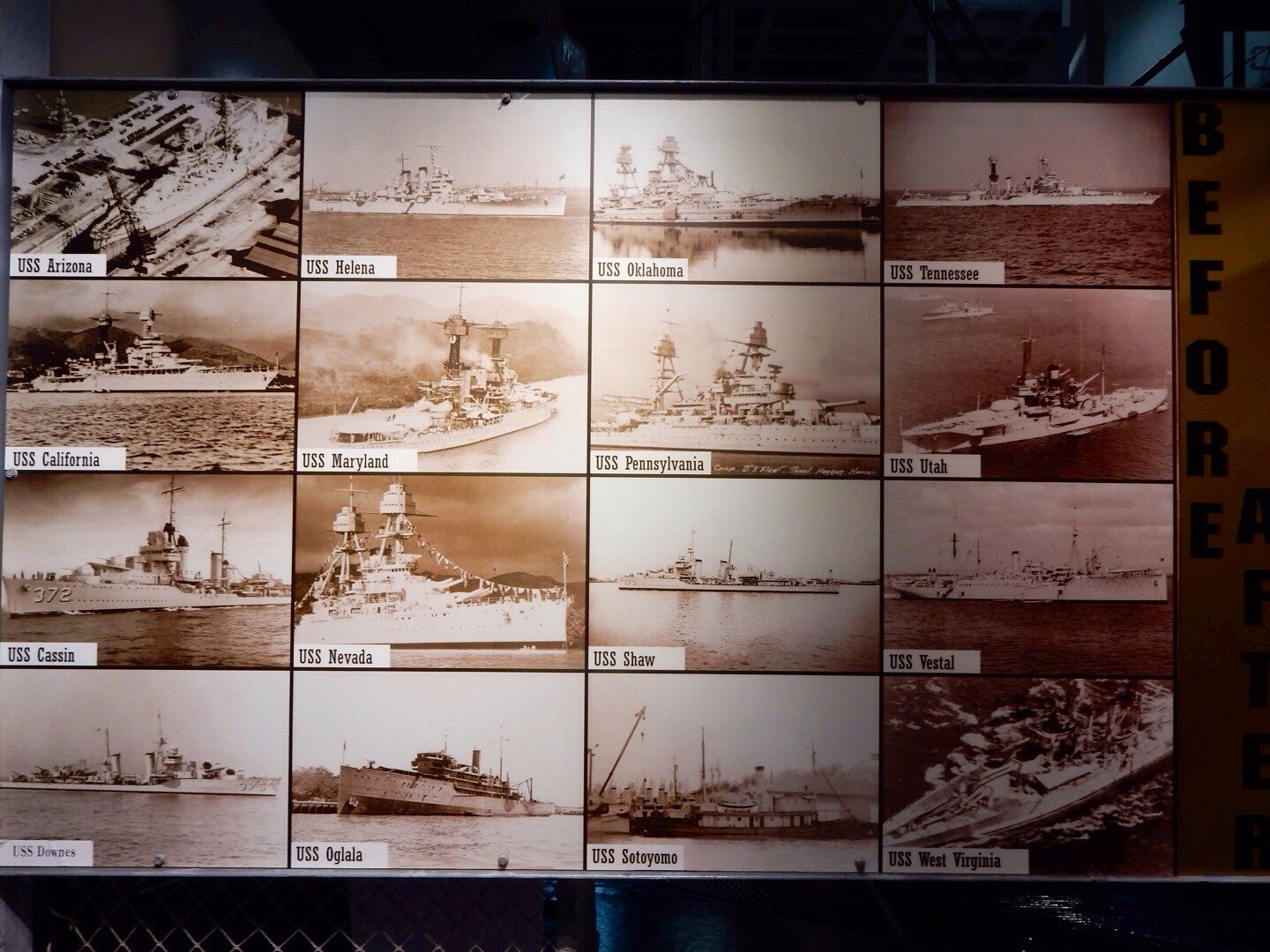
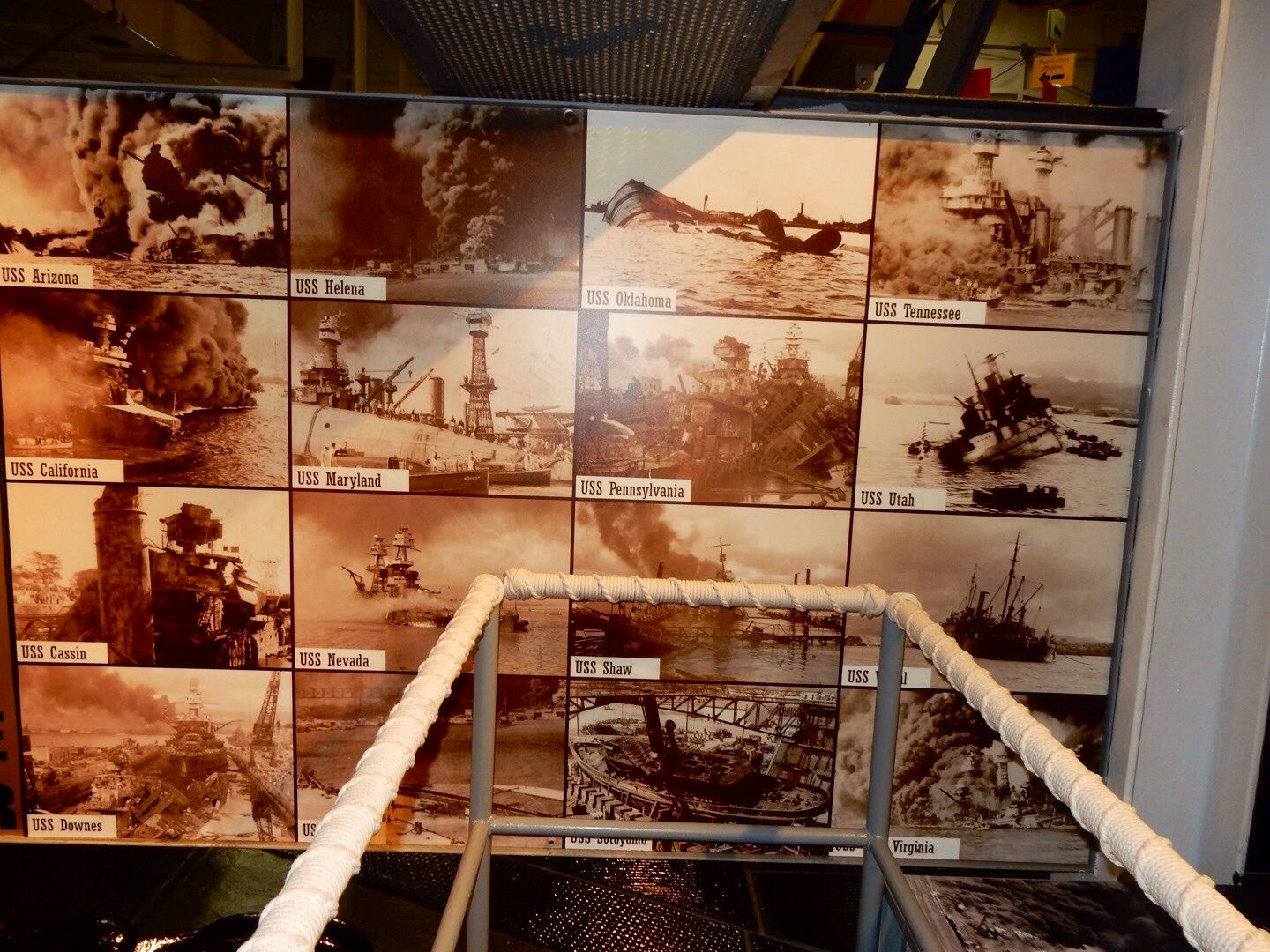
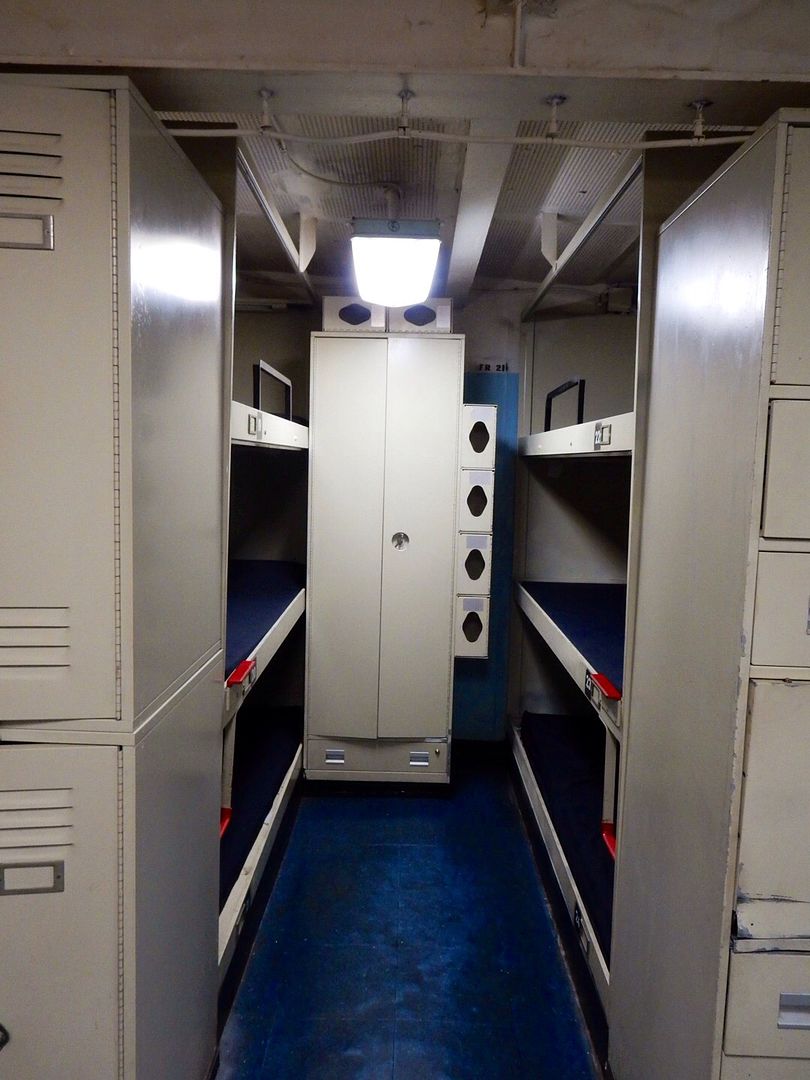
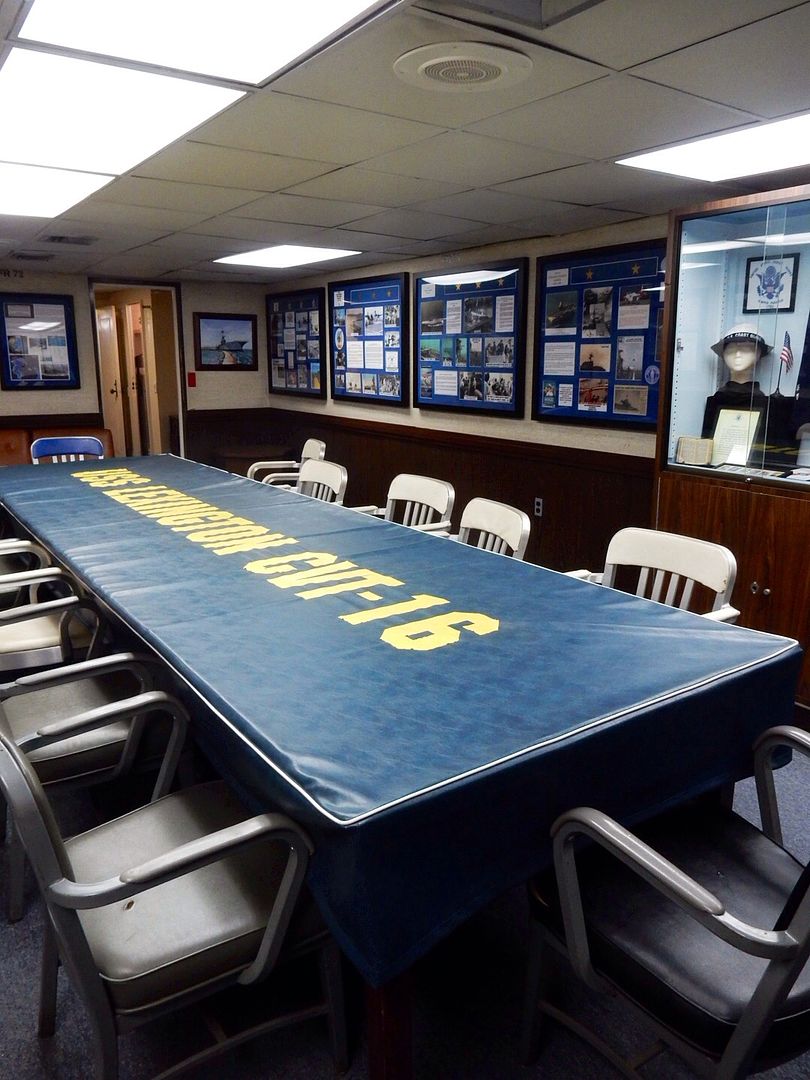
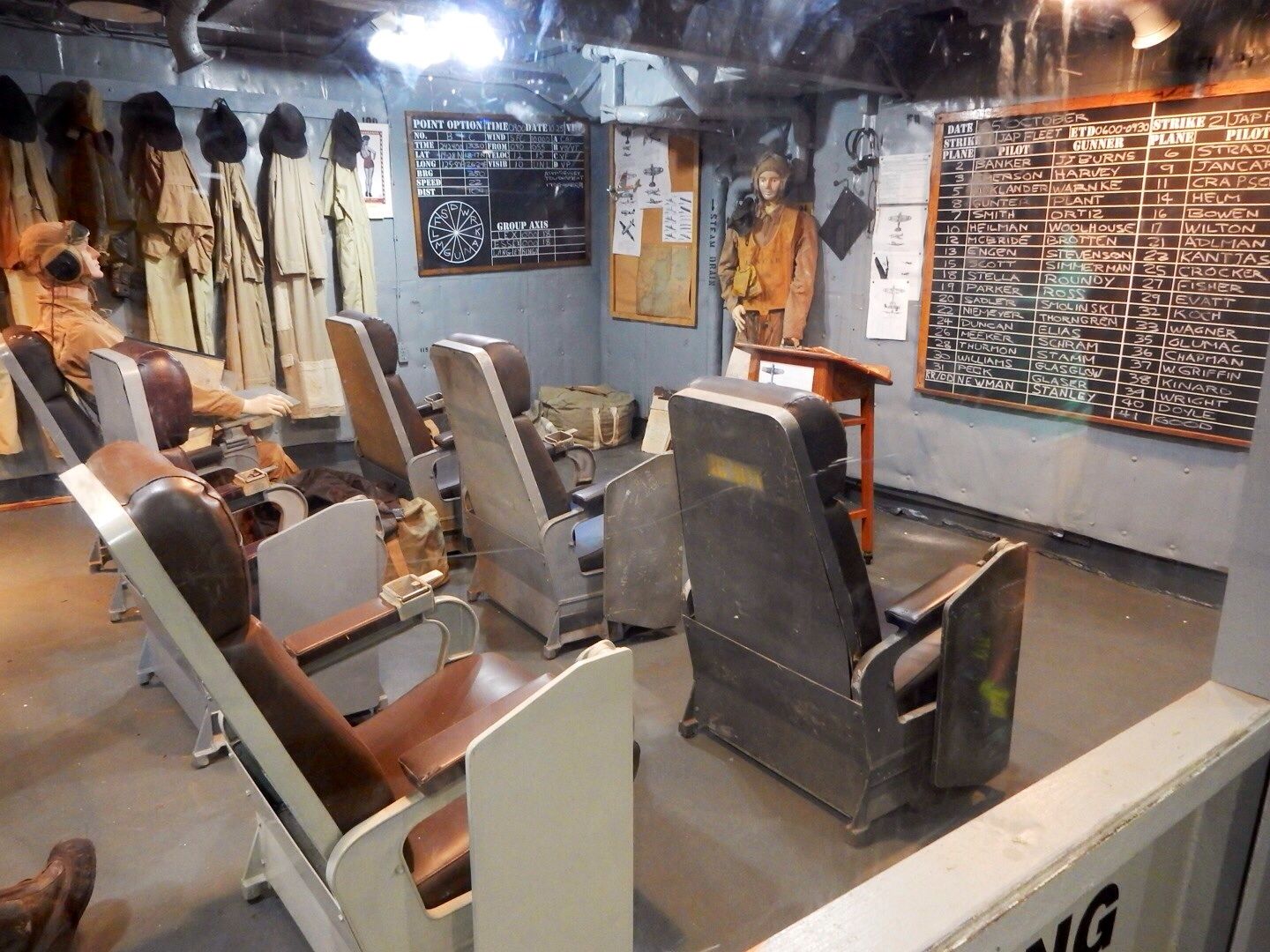
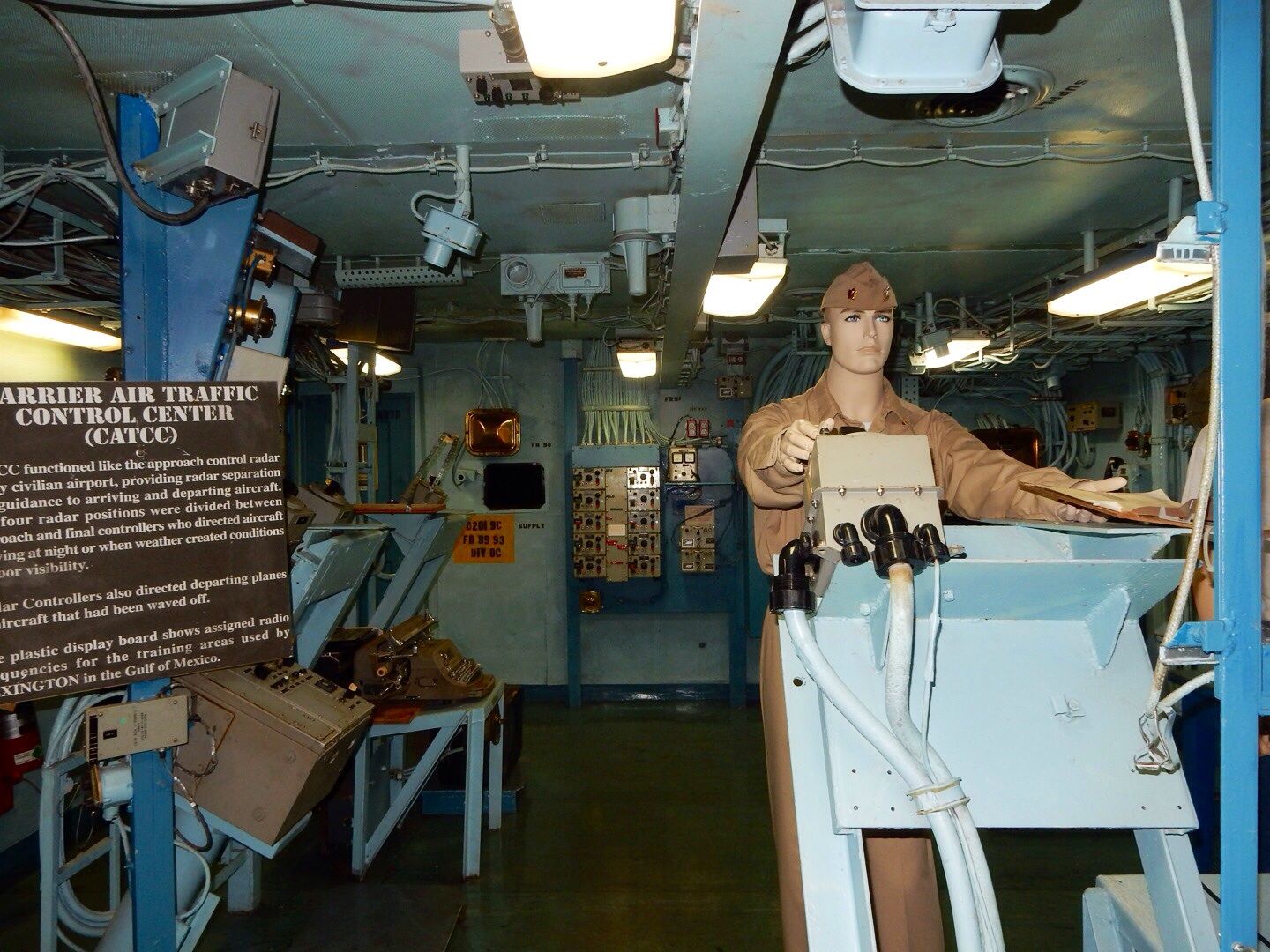
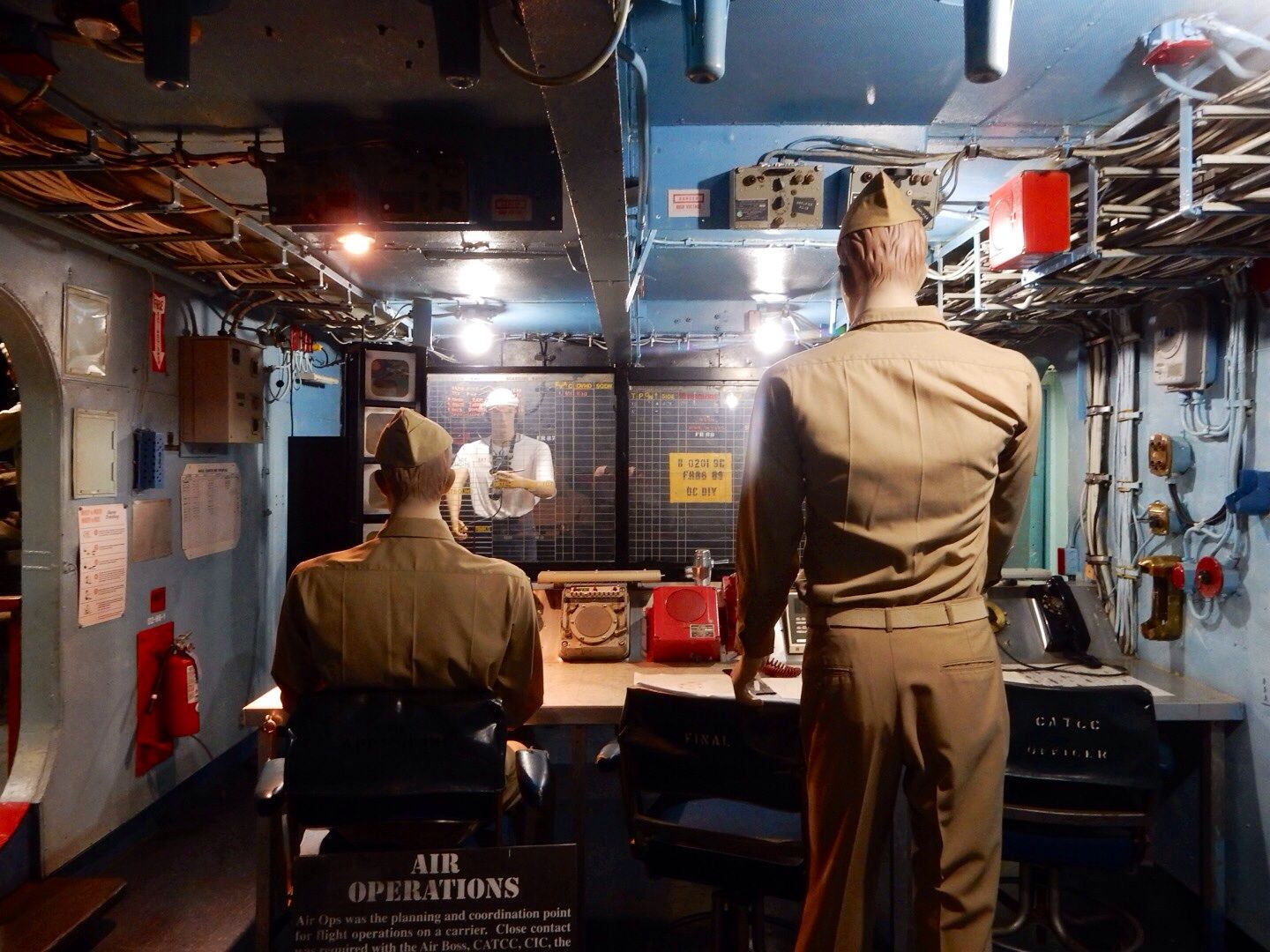
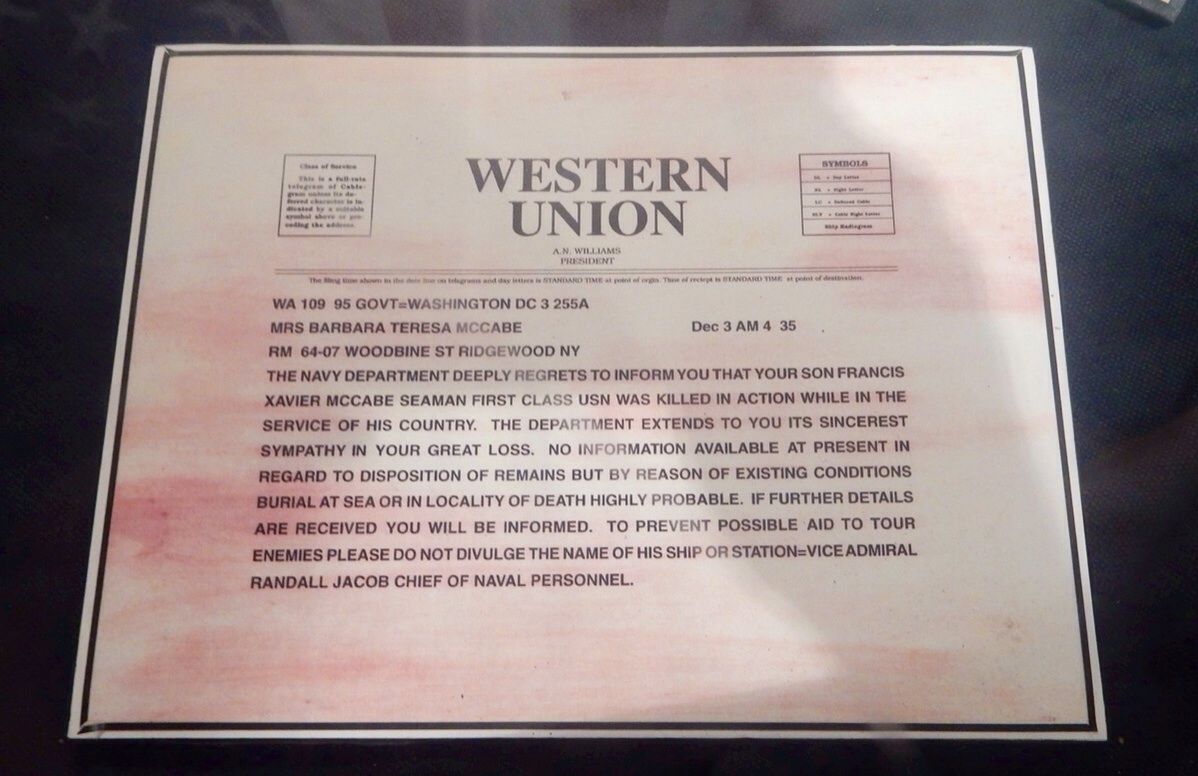
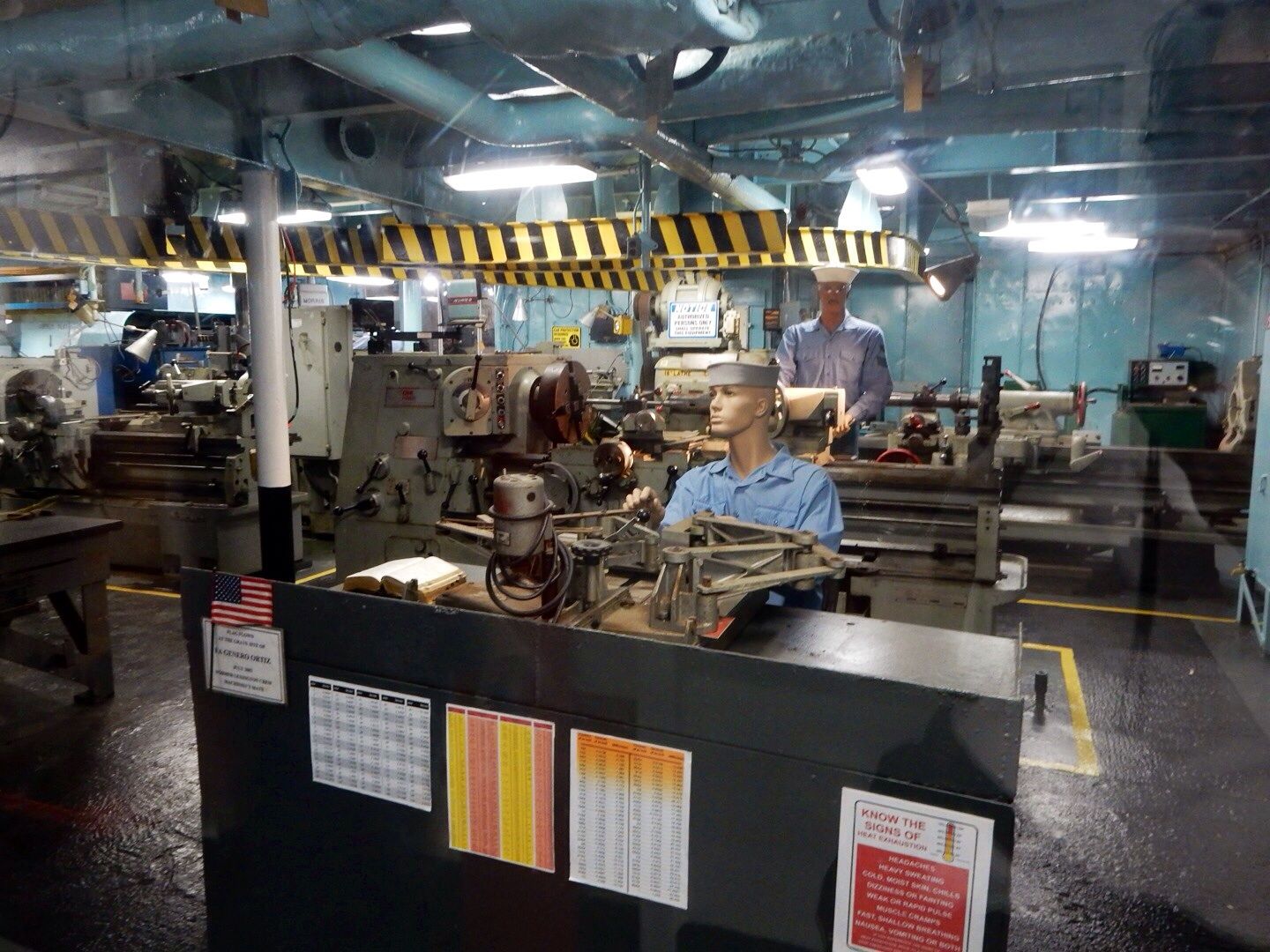
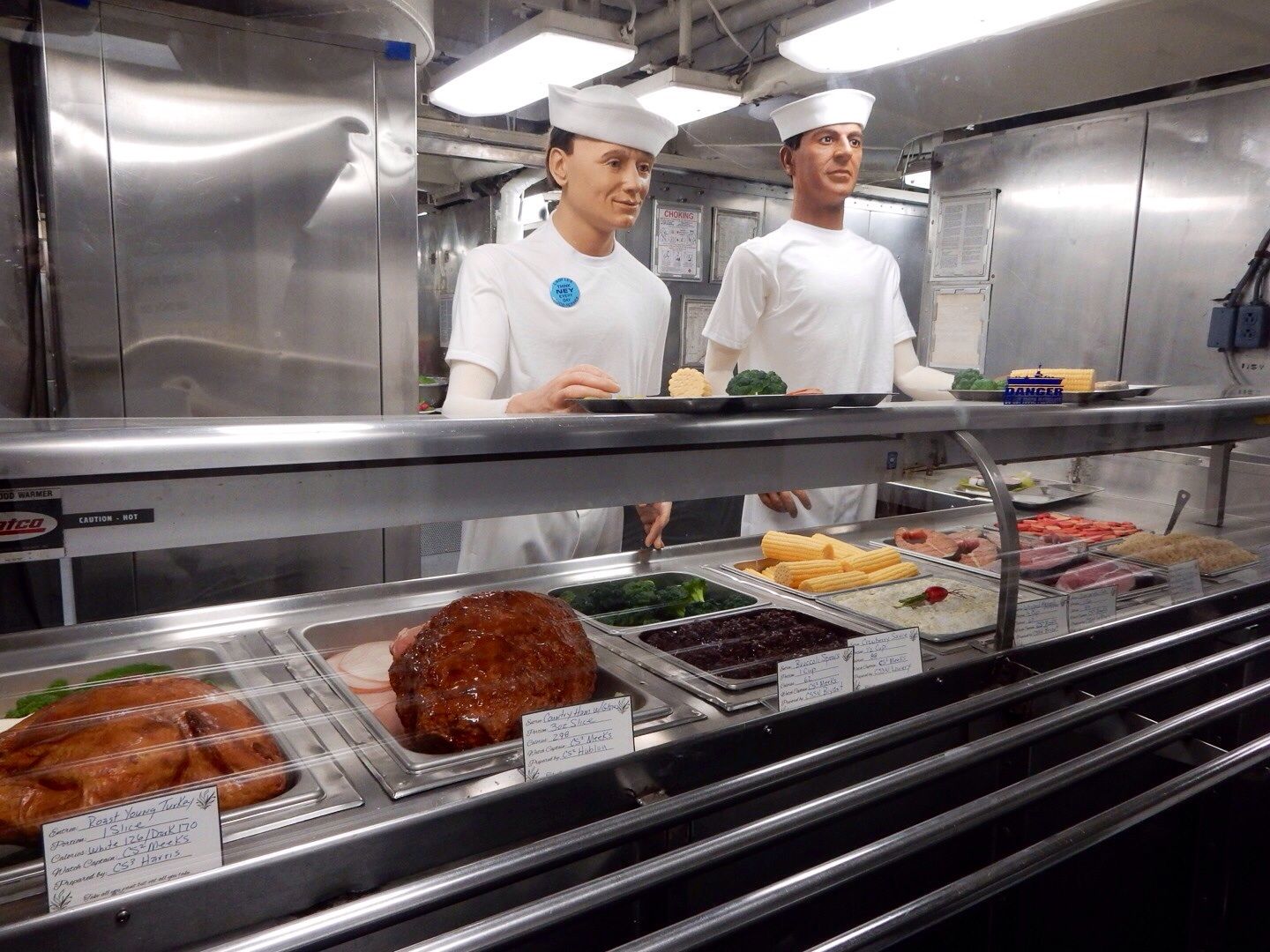
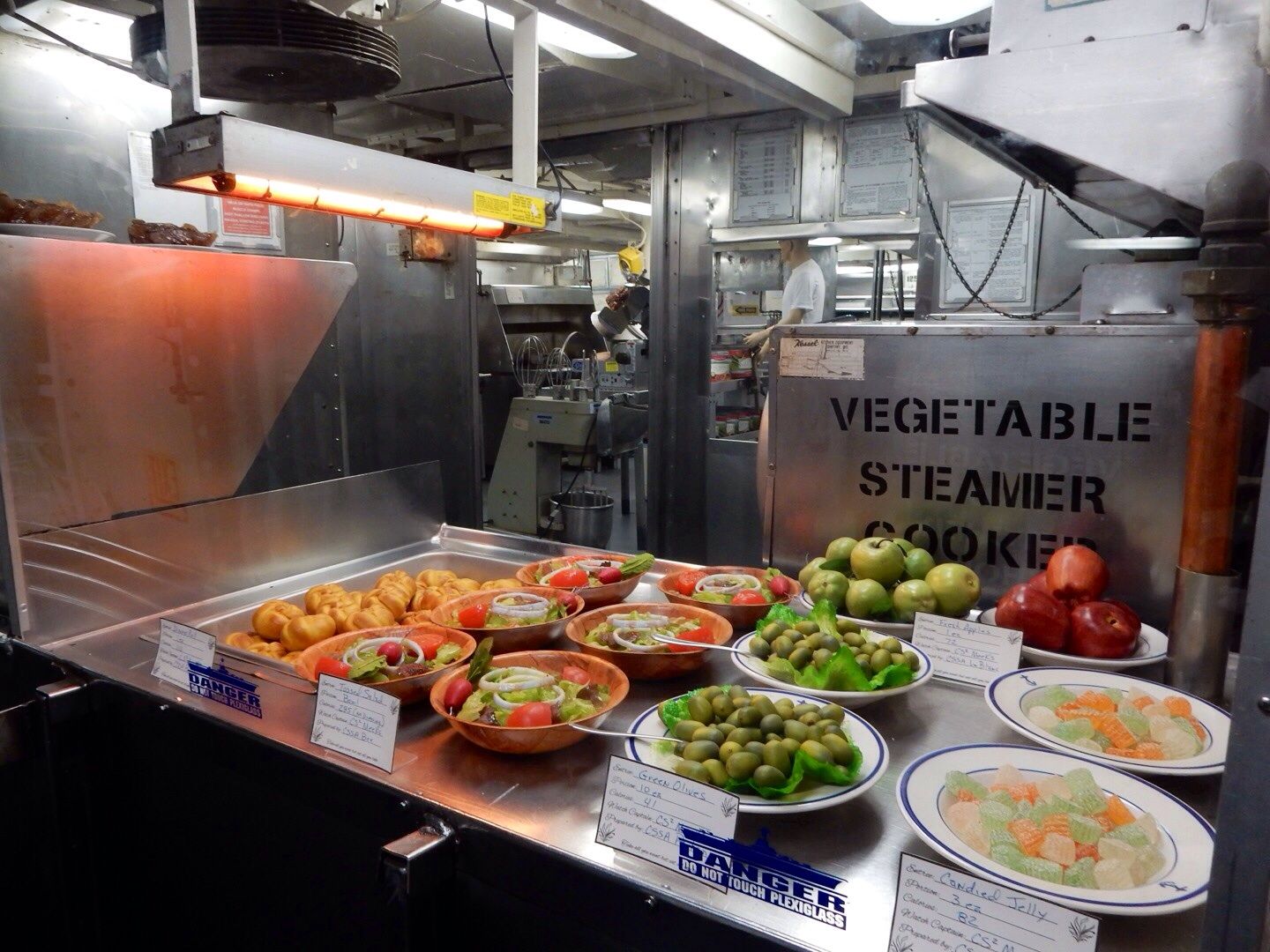
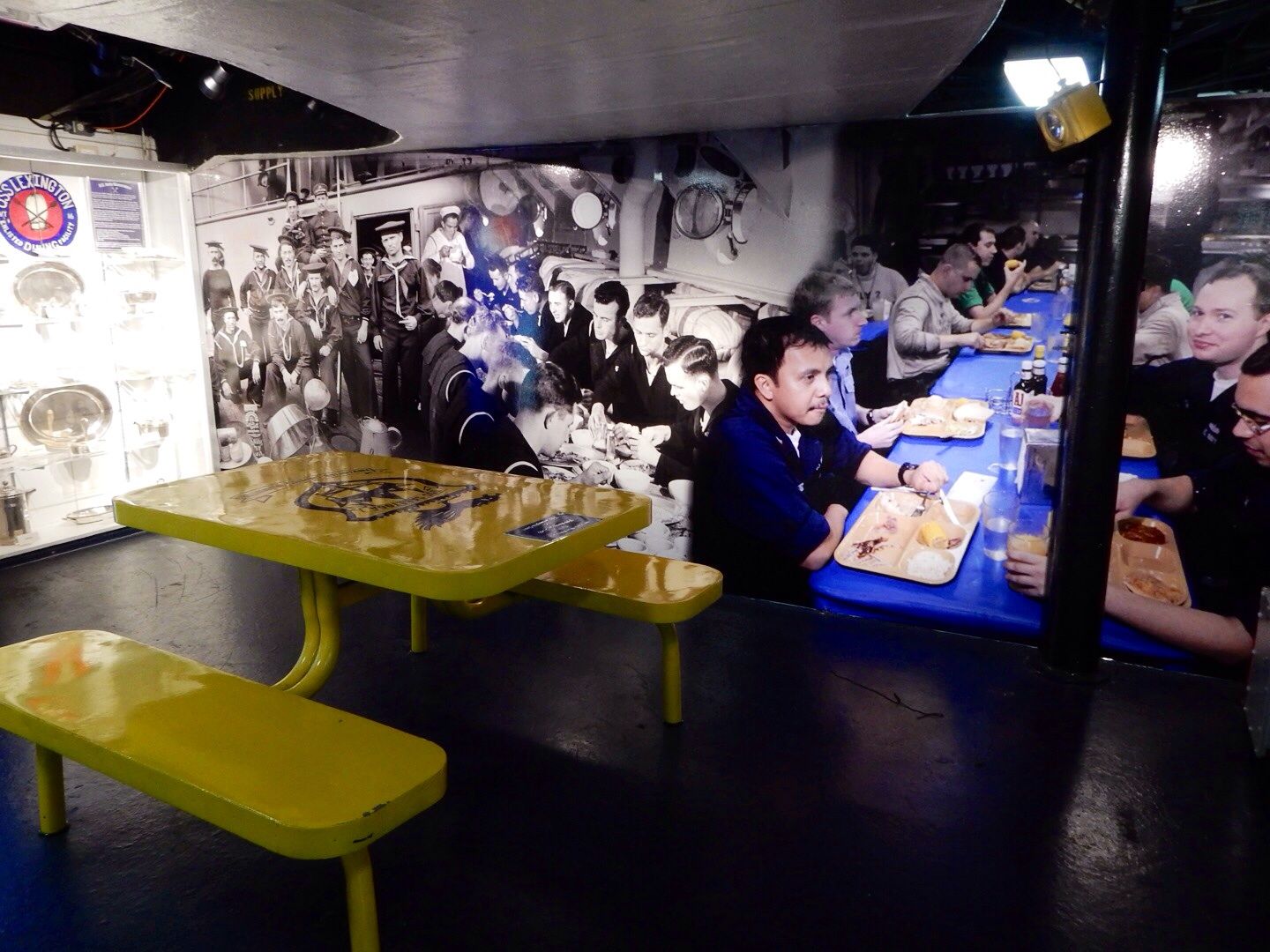
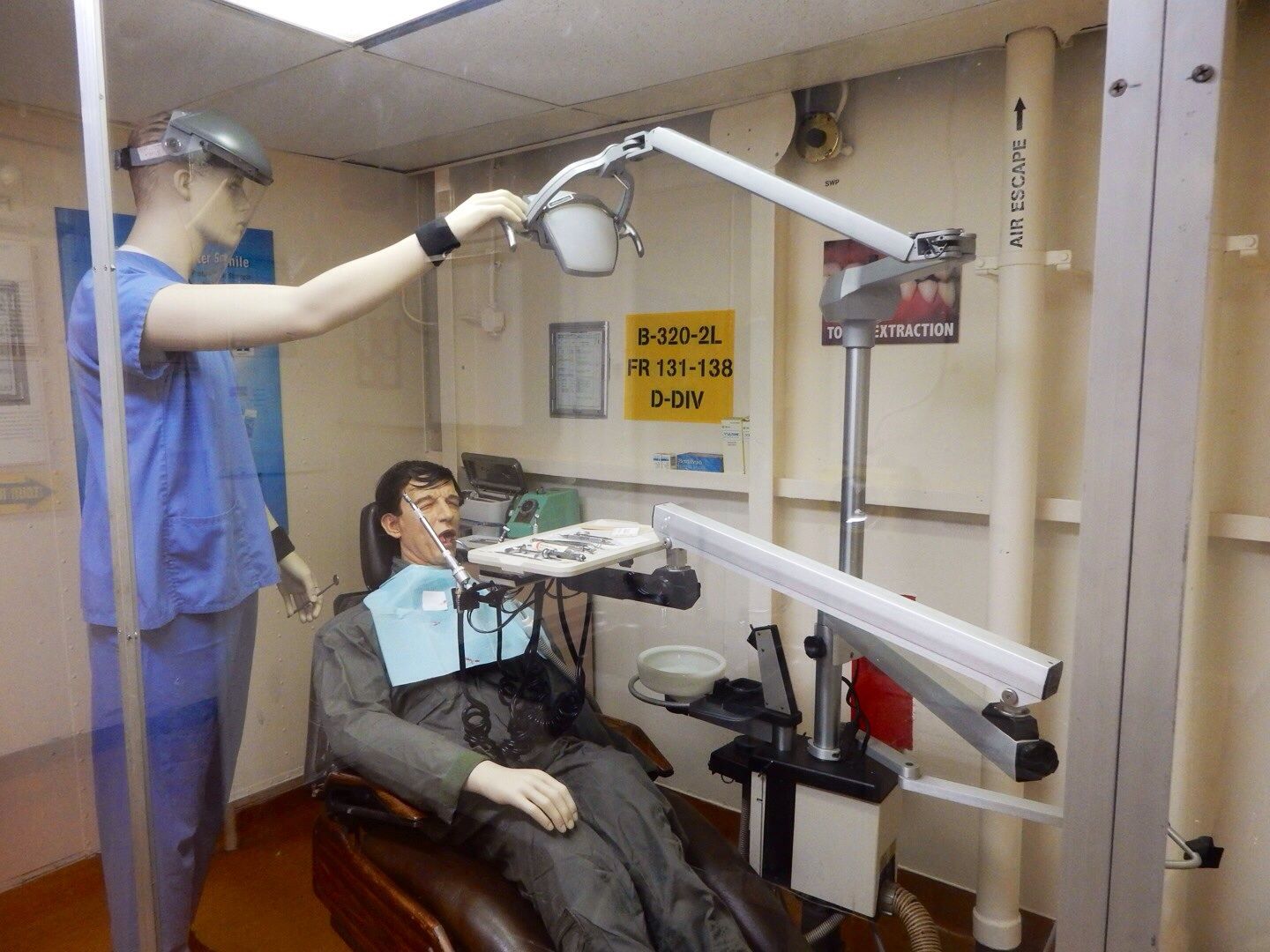
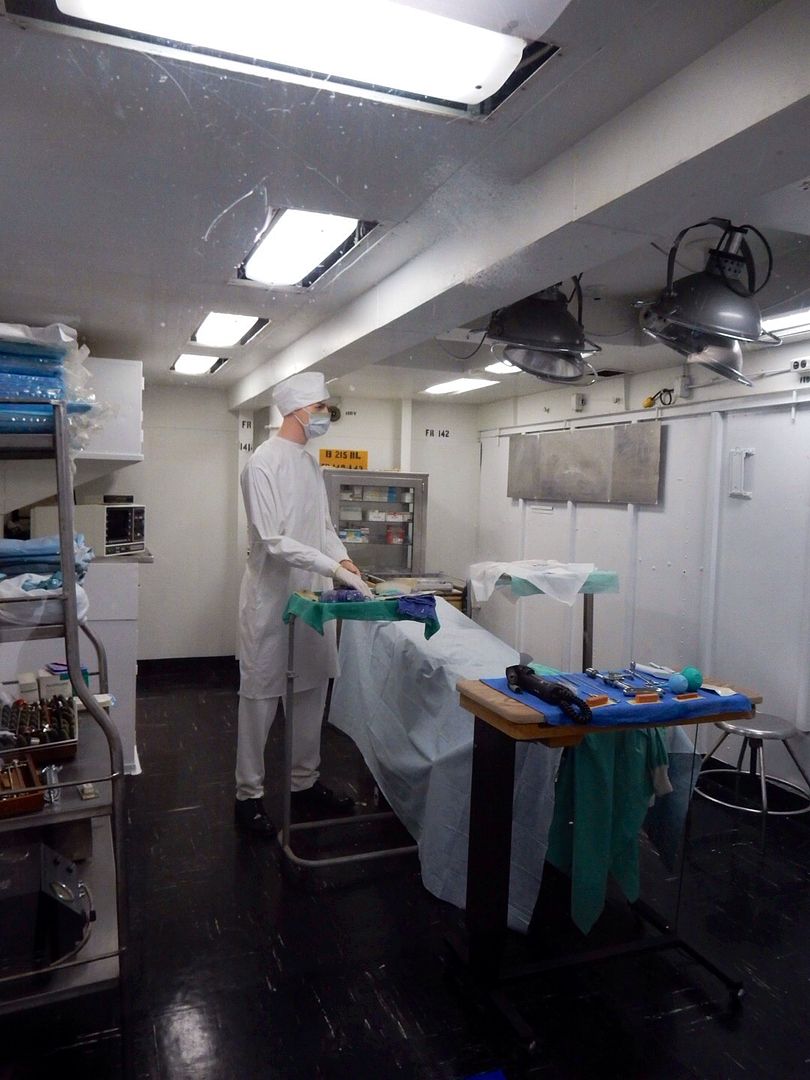
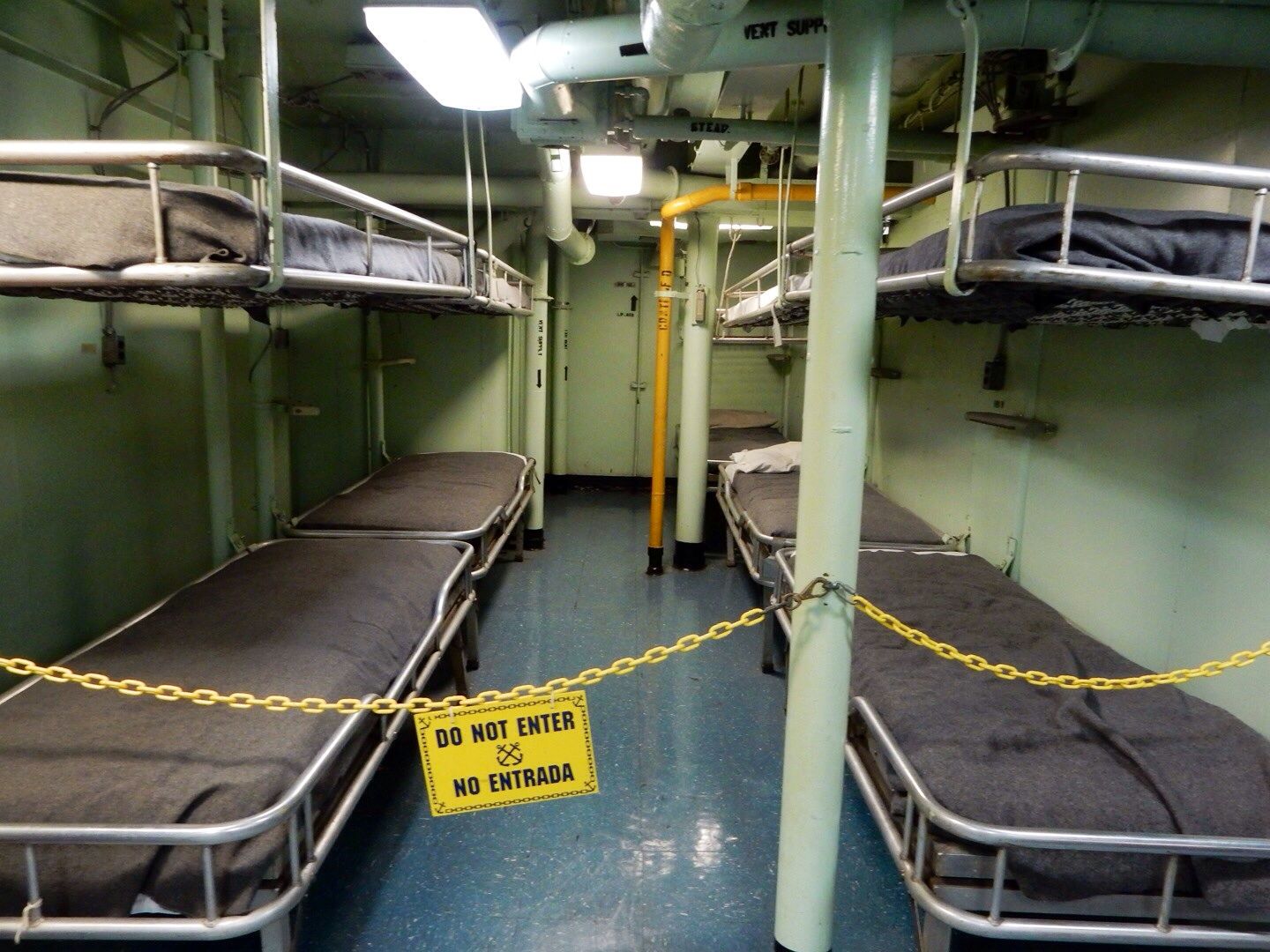
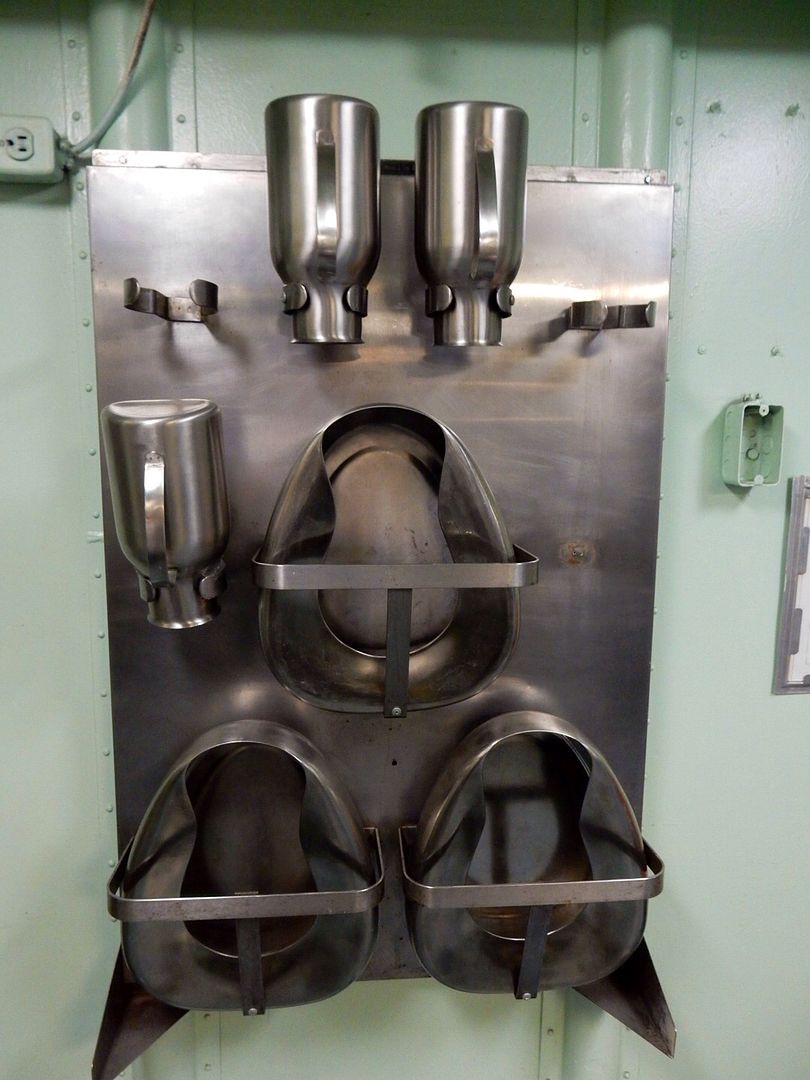
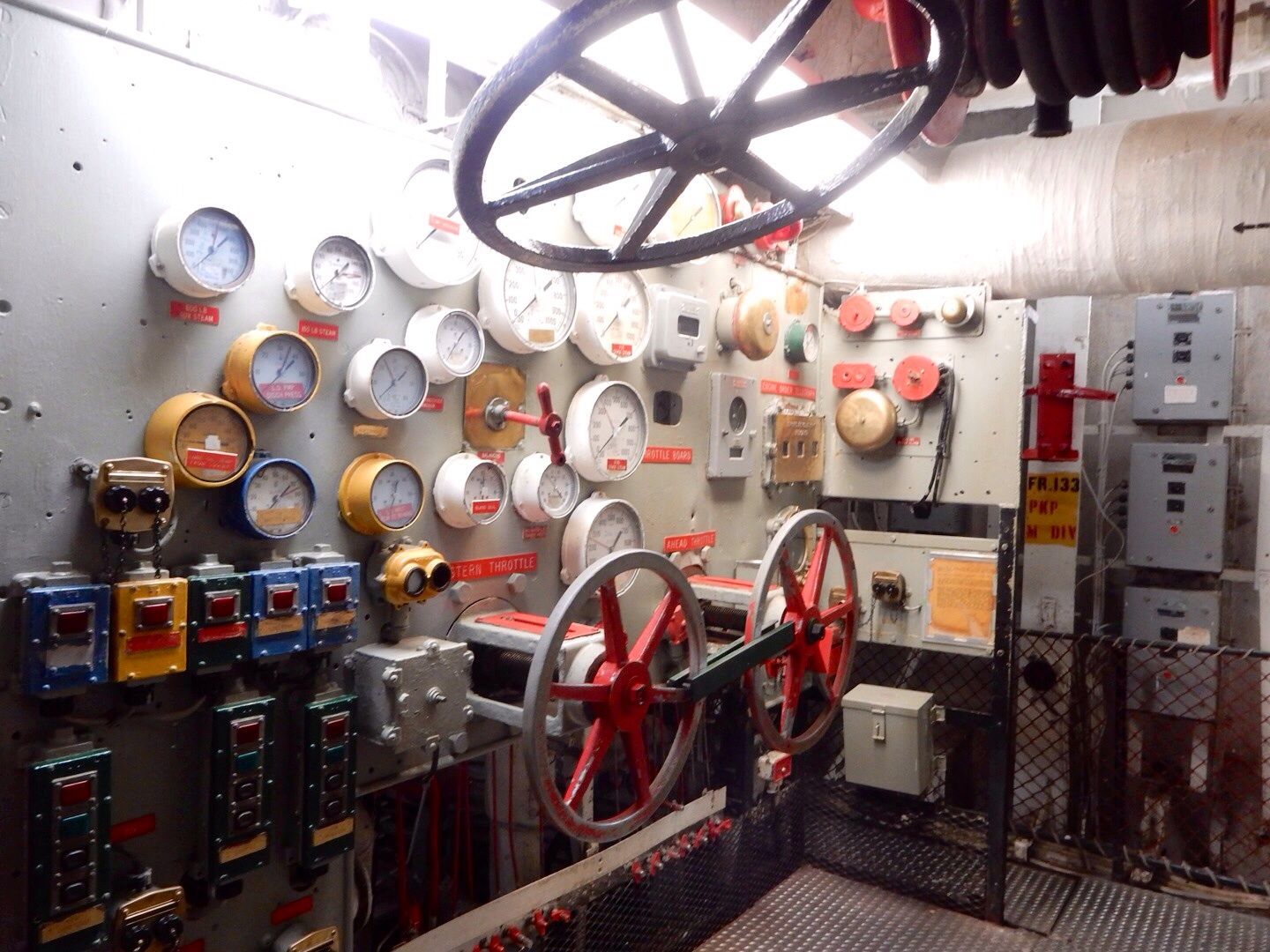



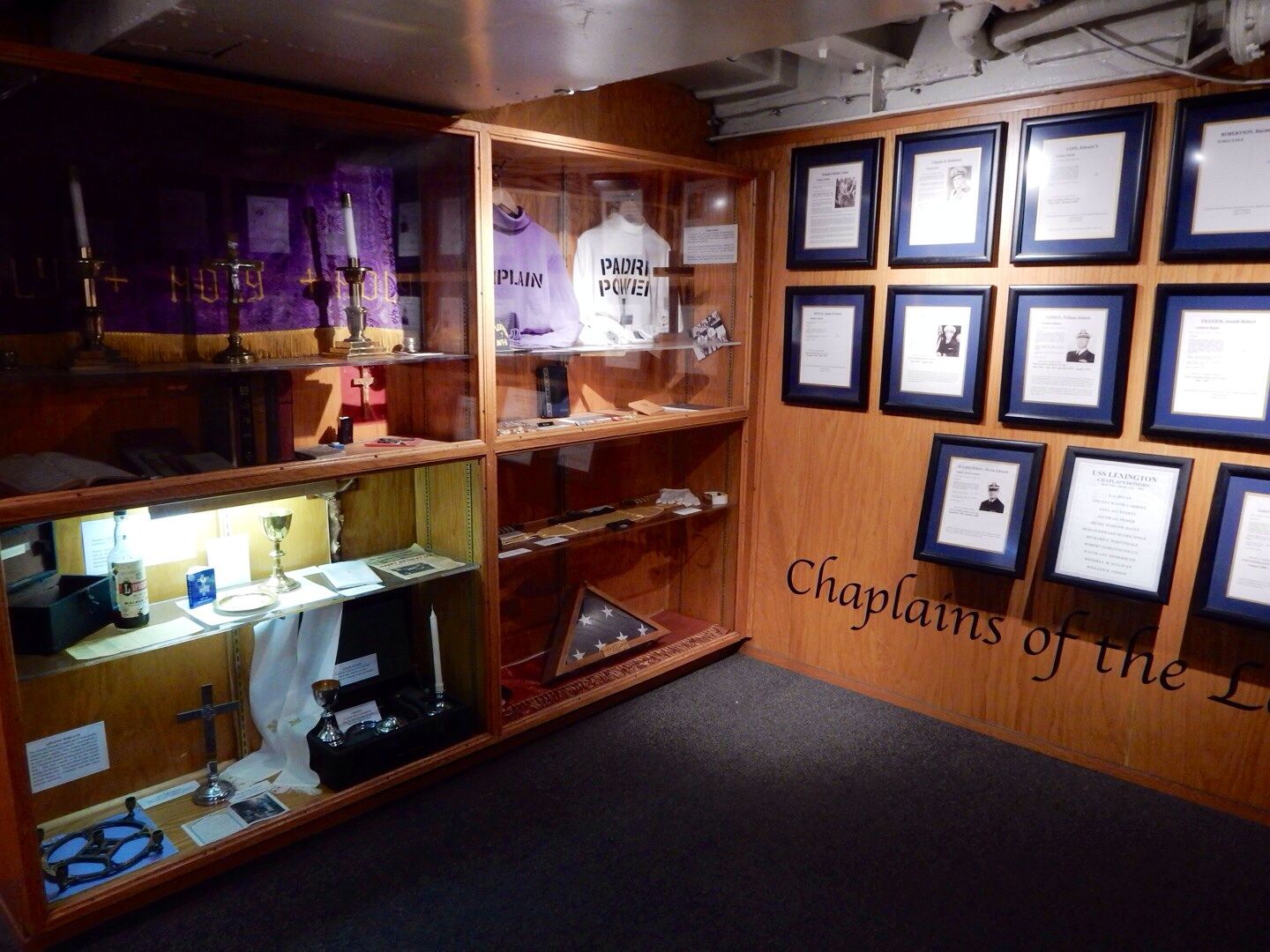
No comments:
Post a Comment